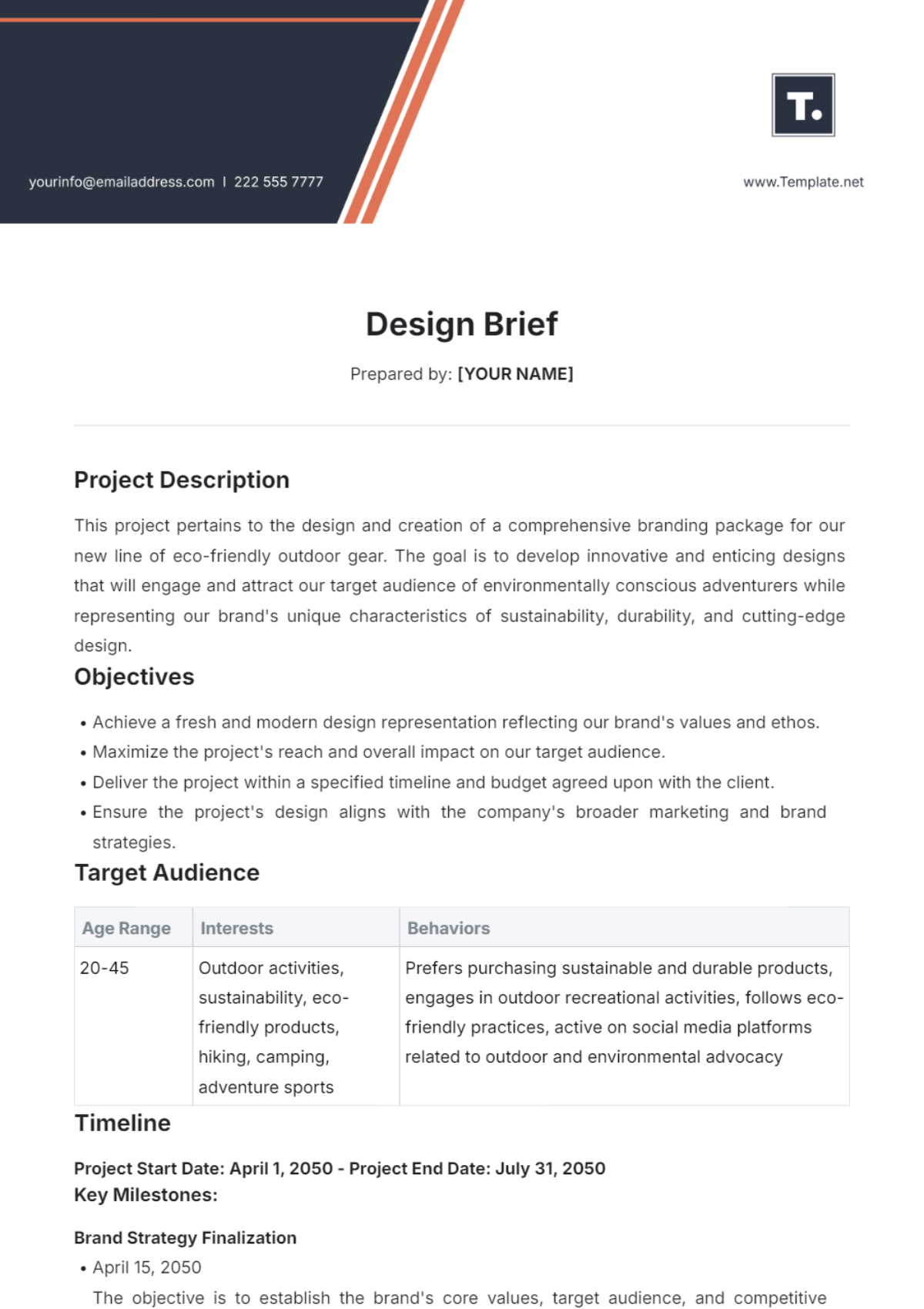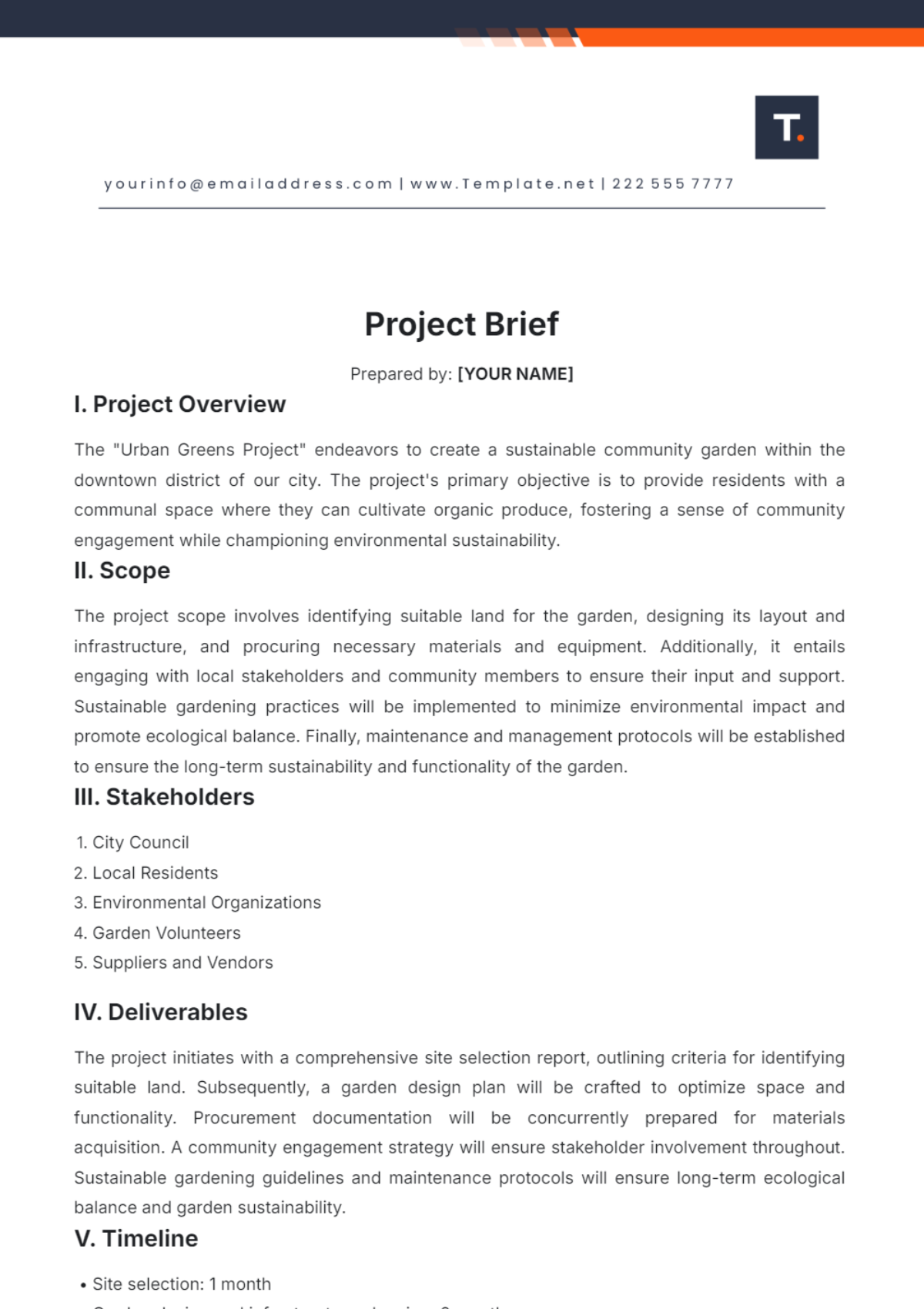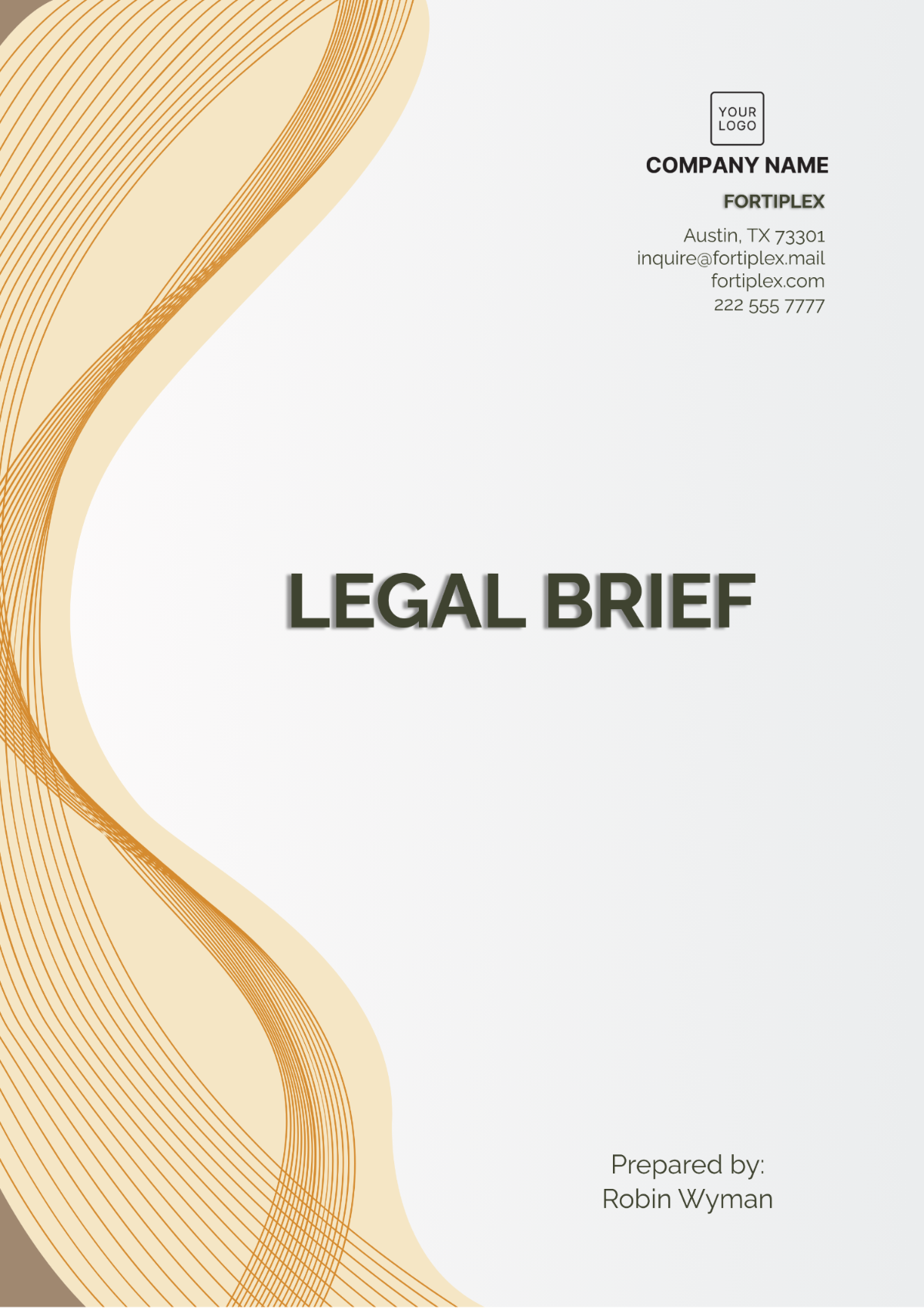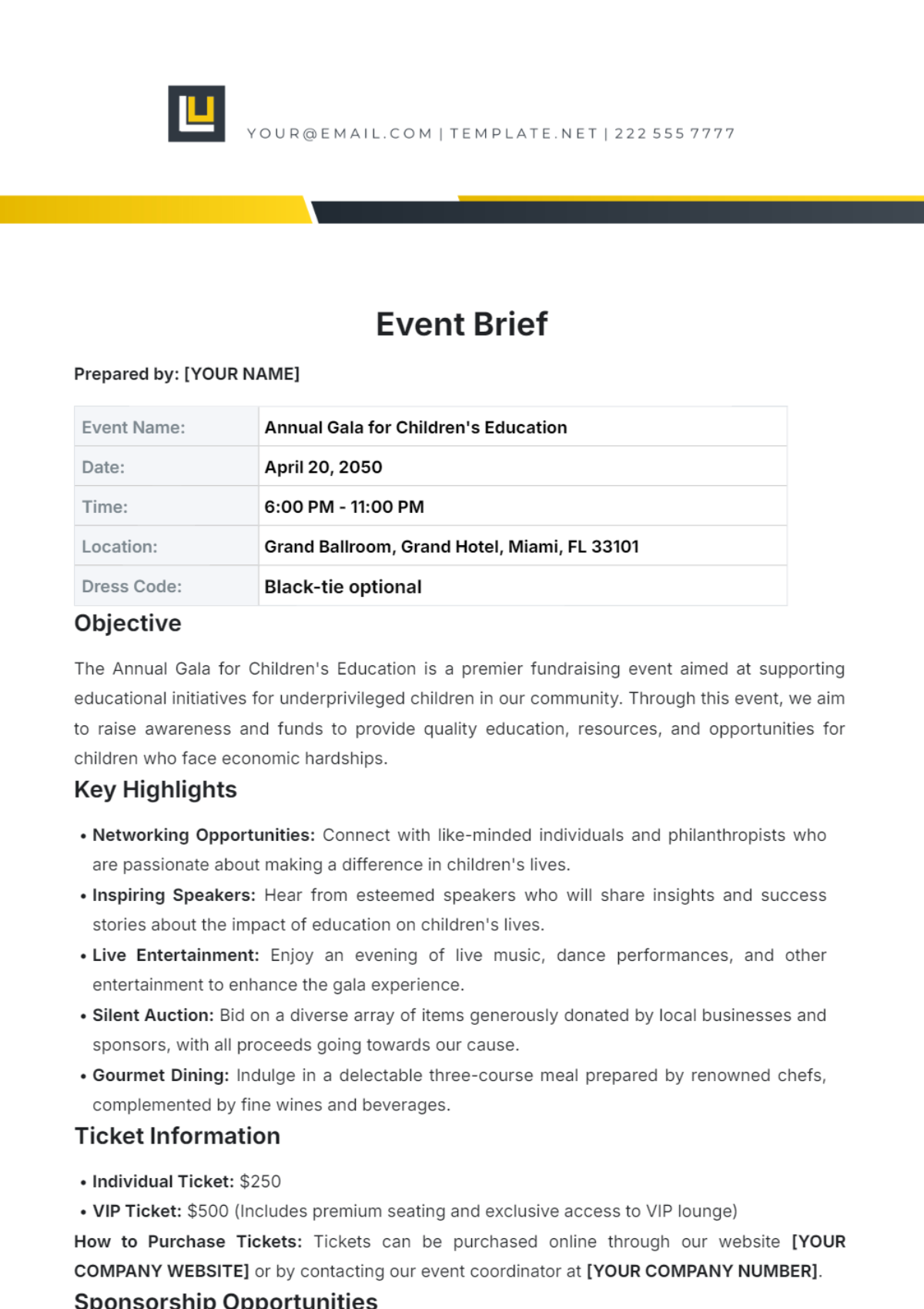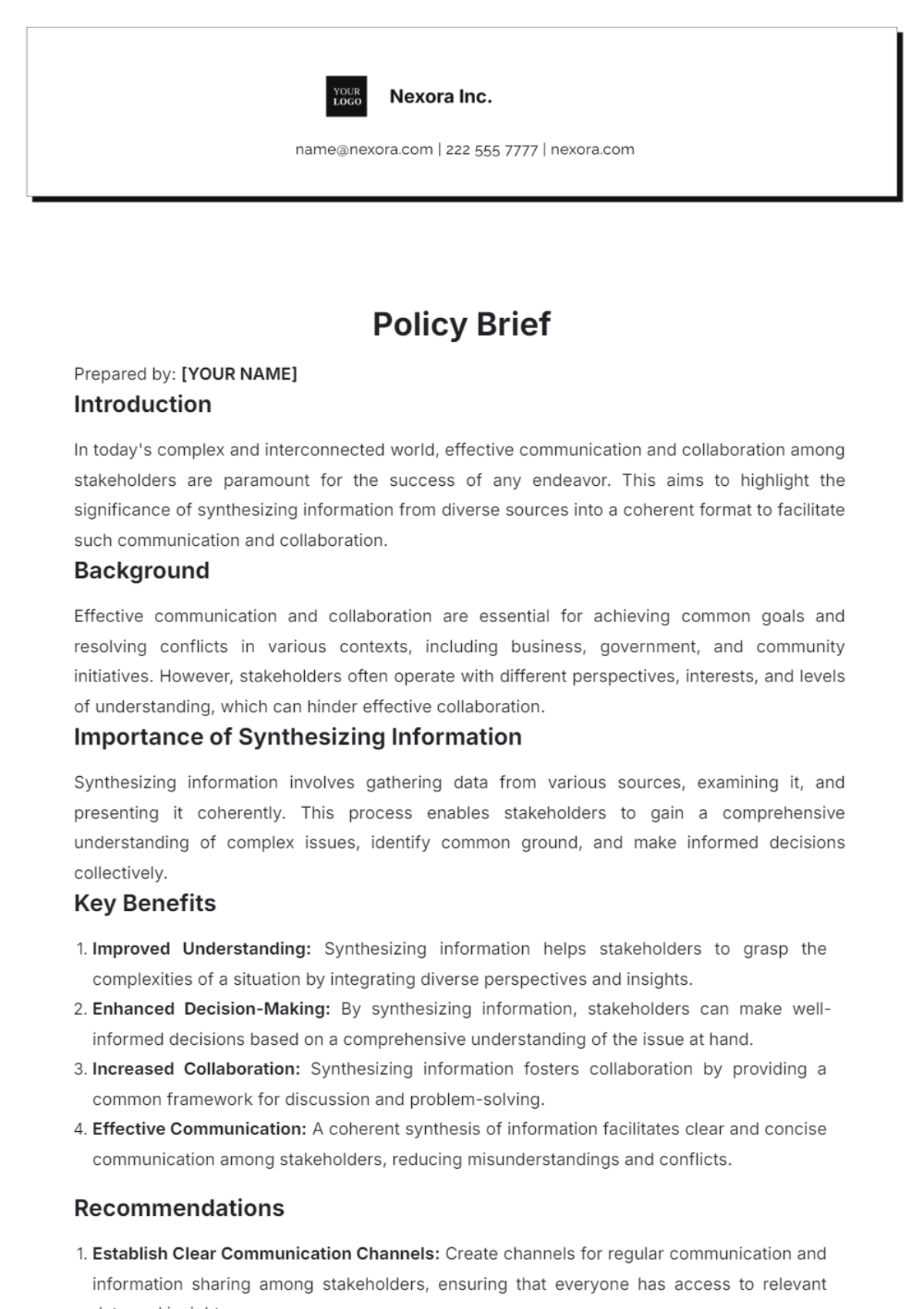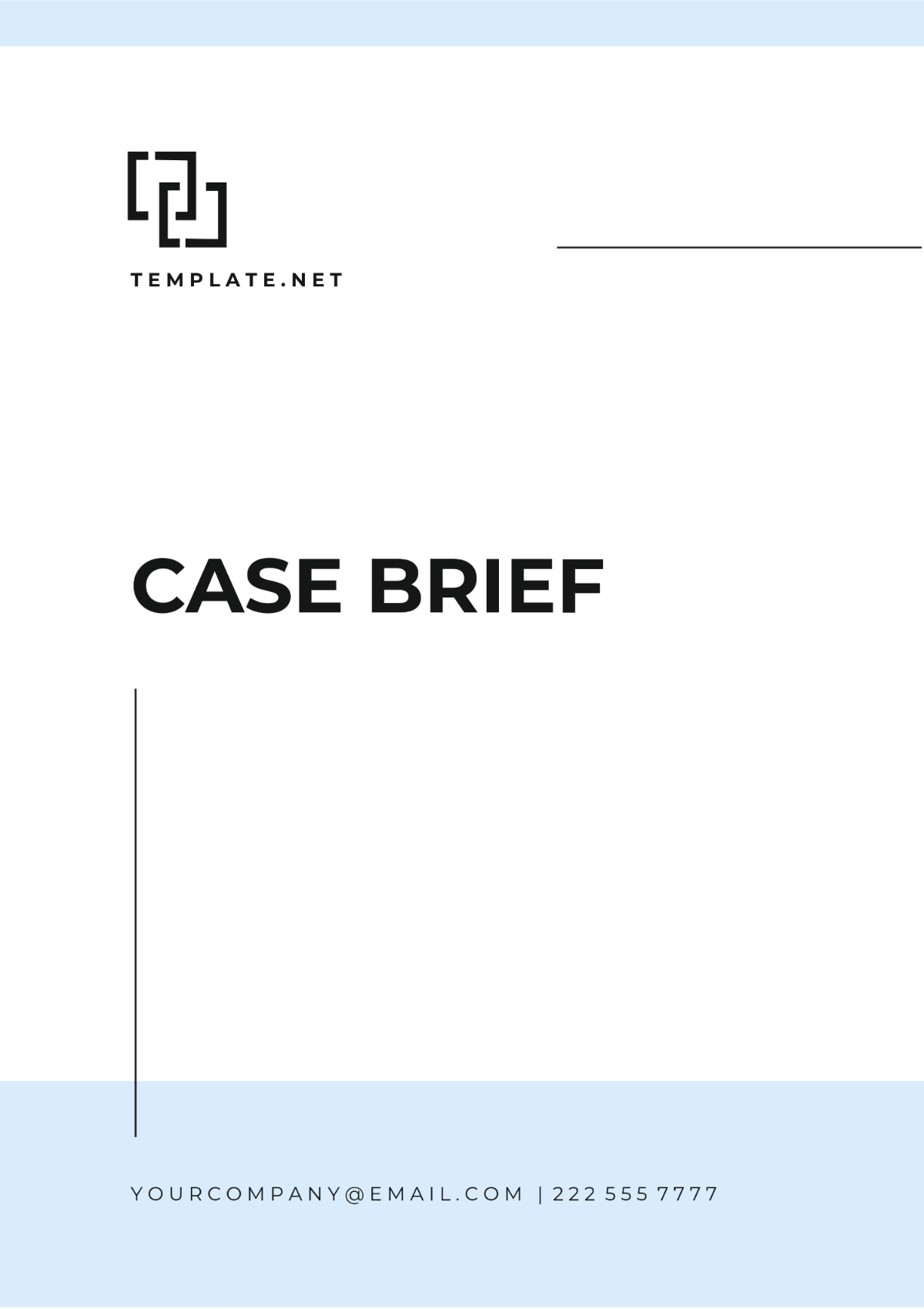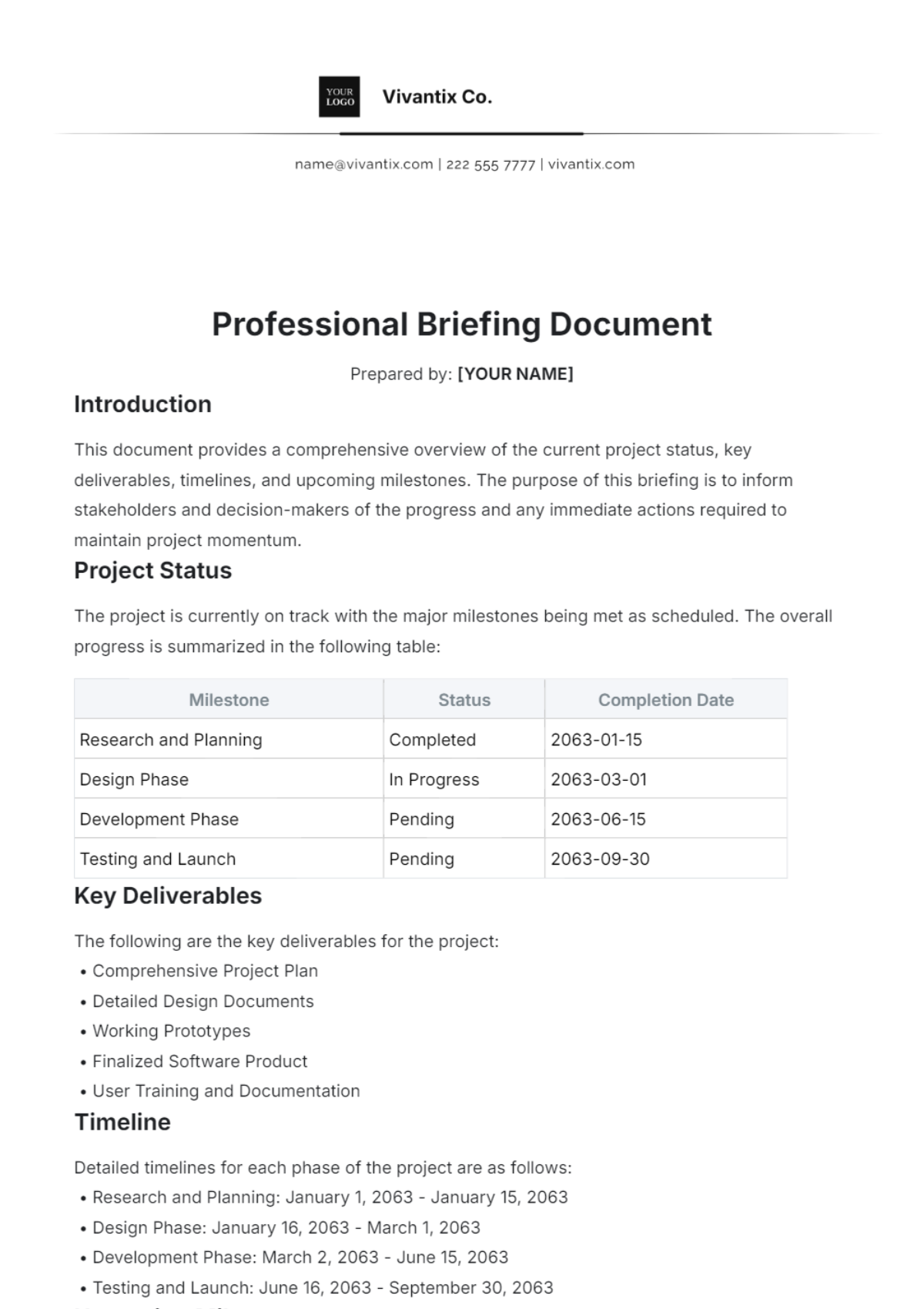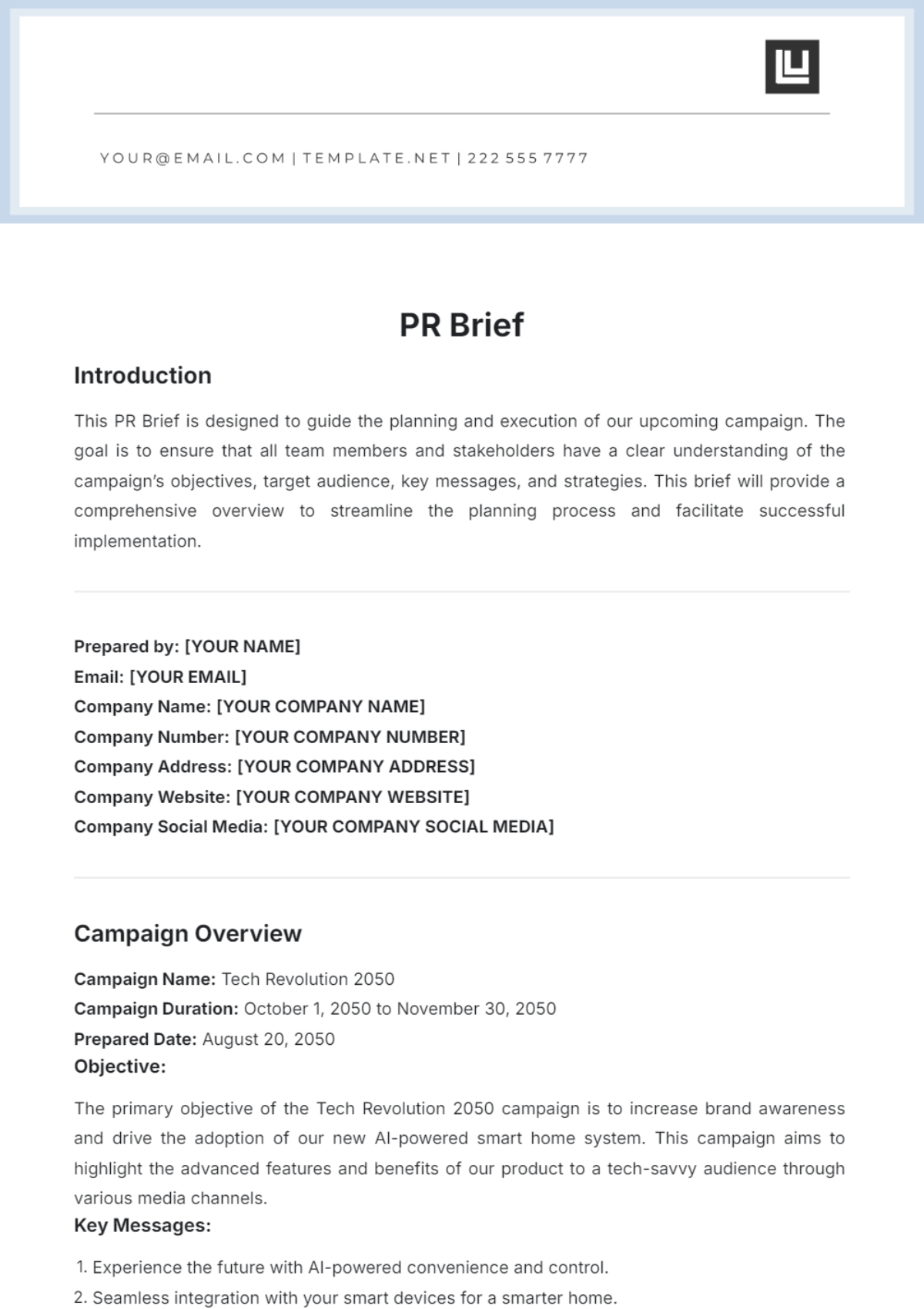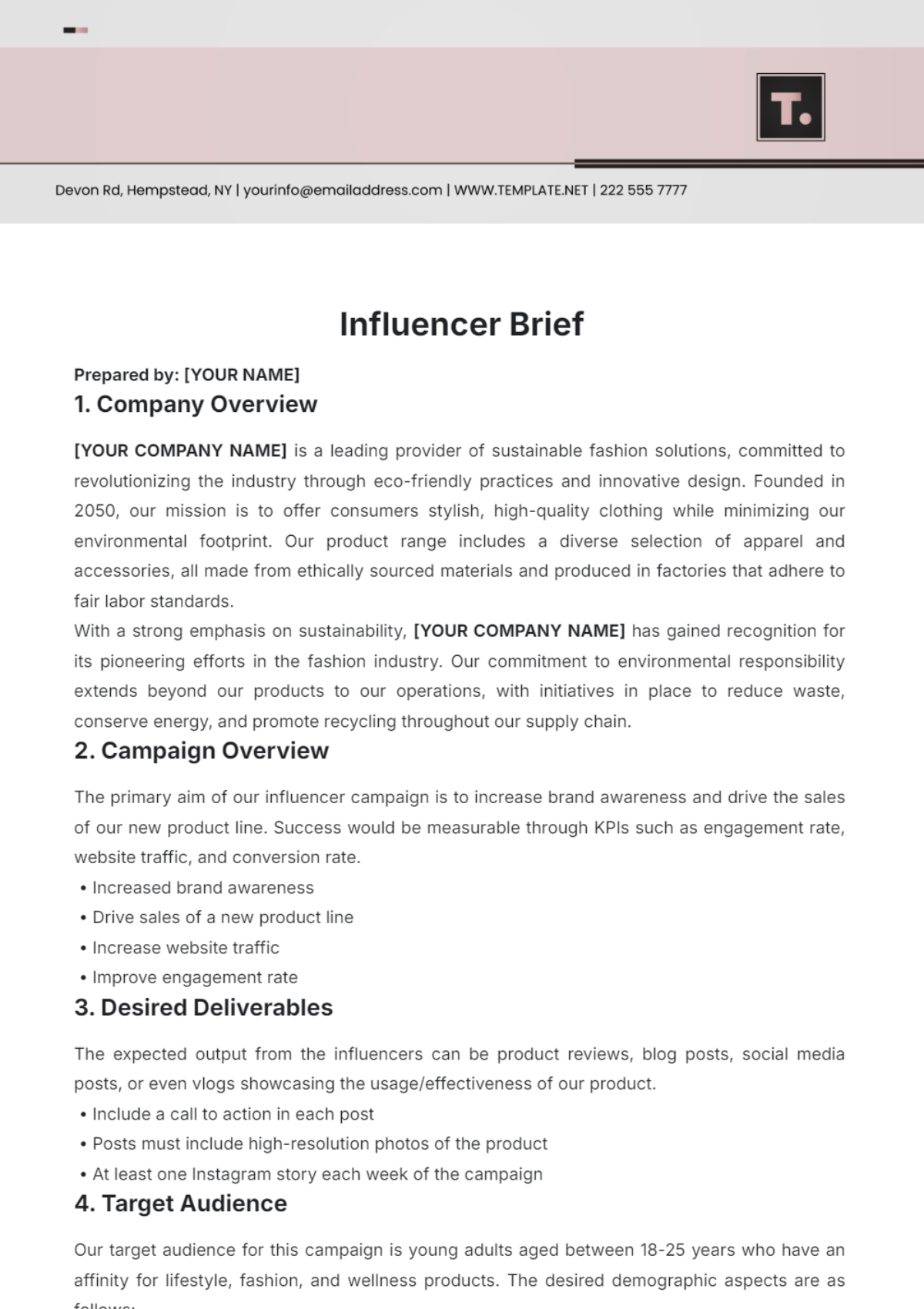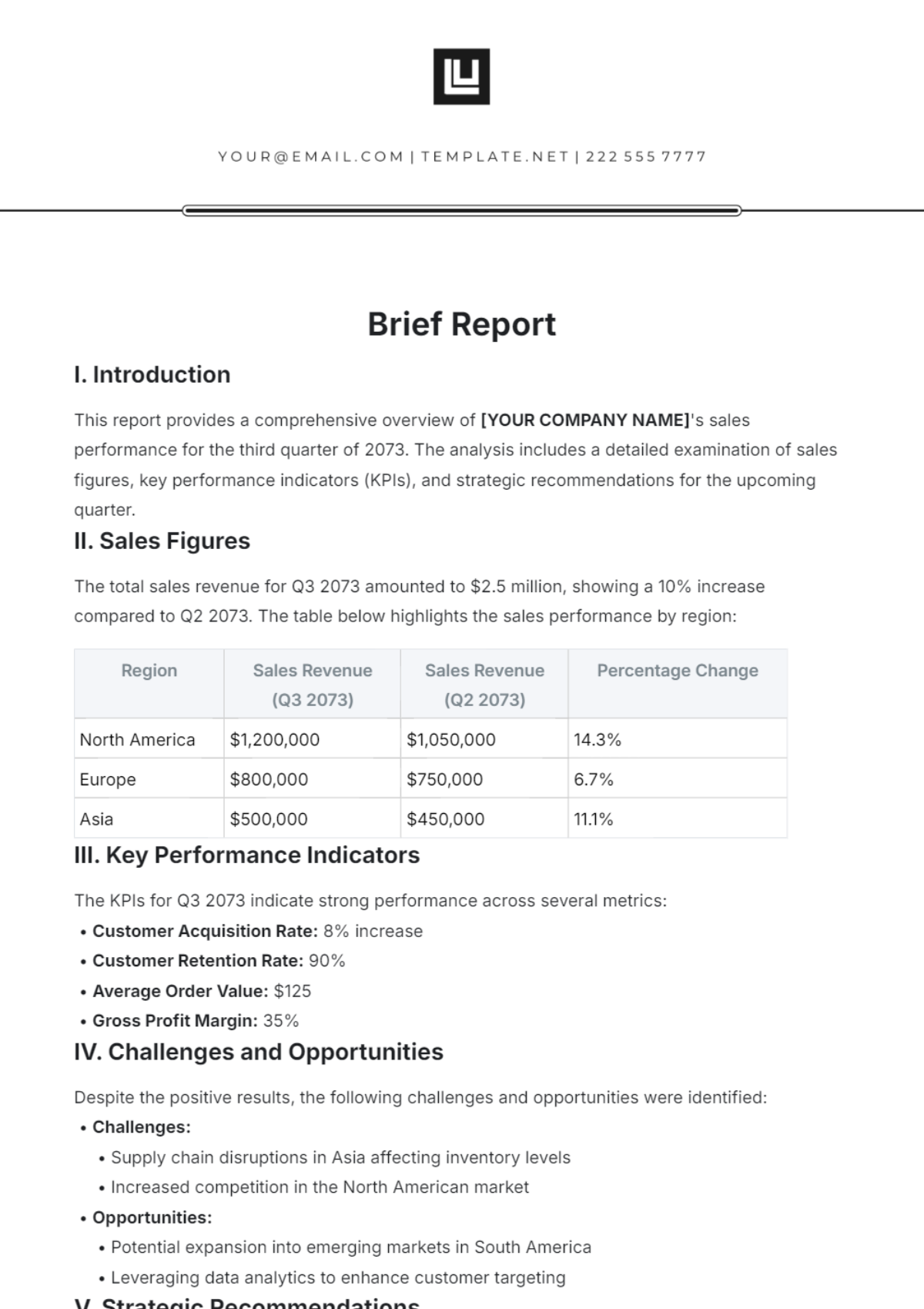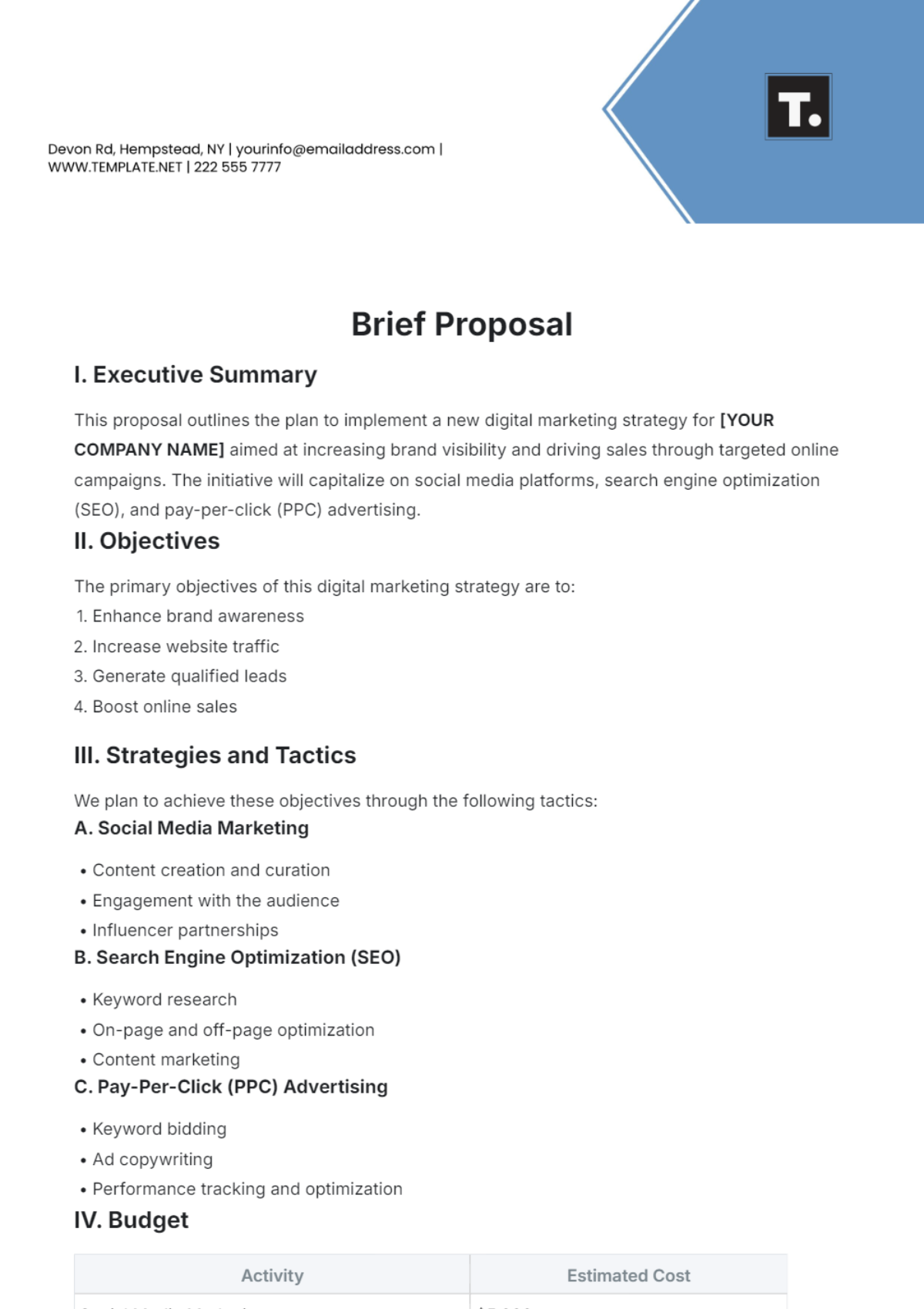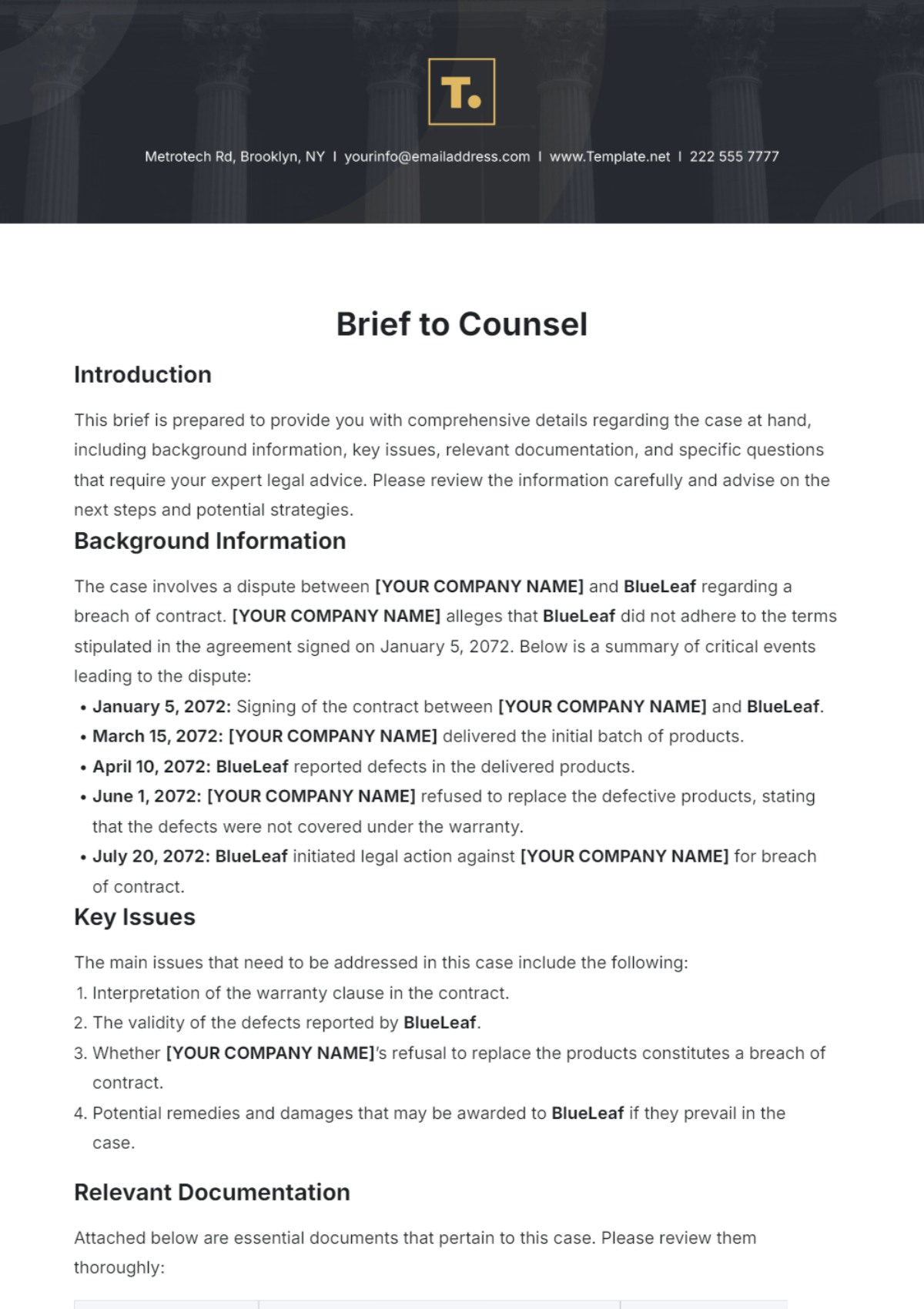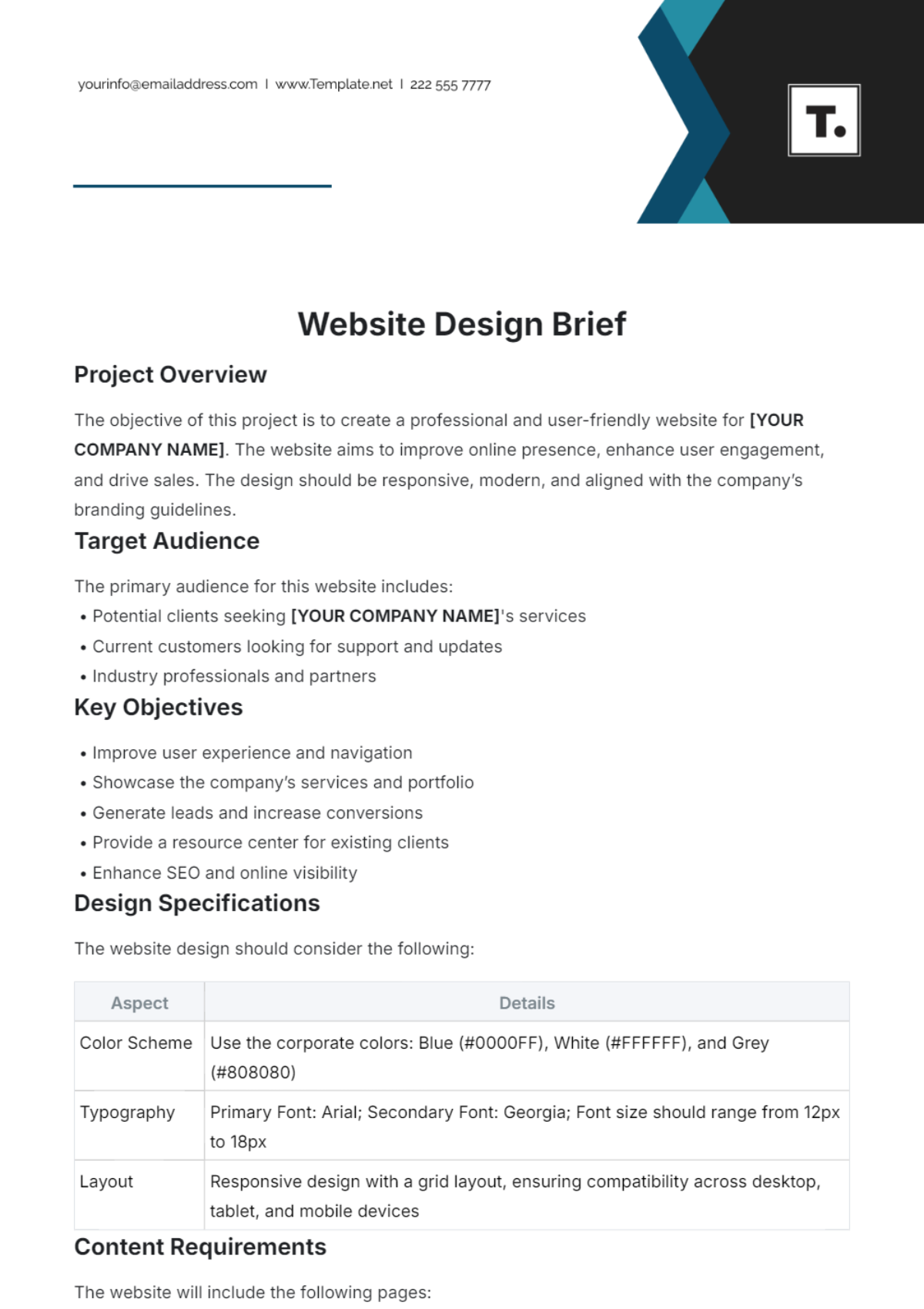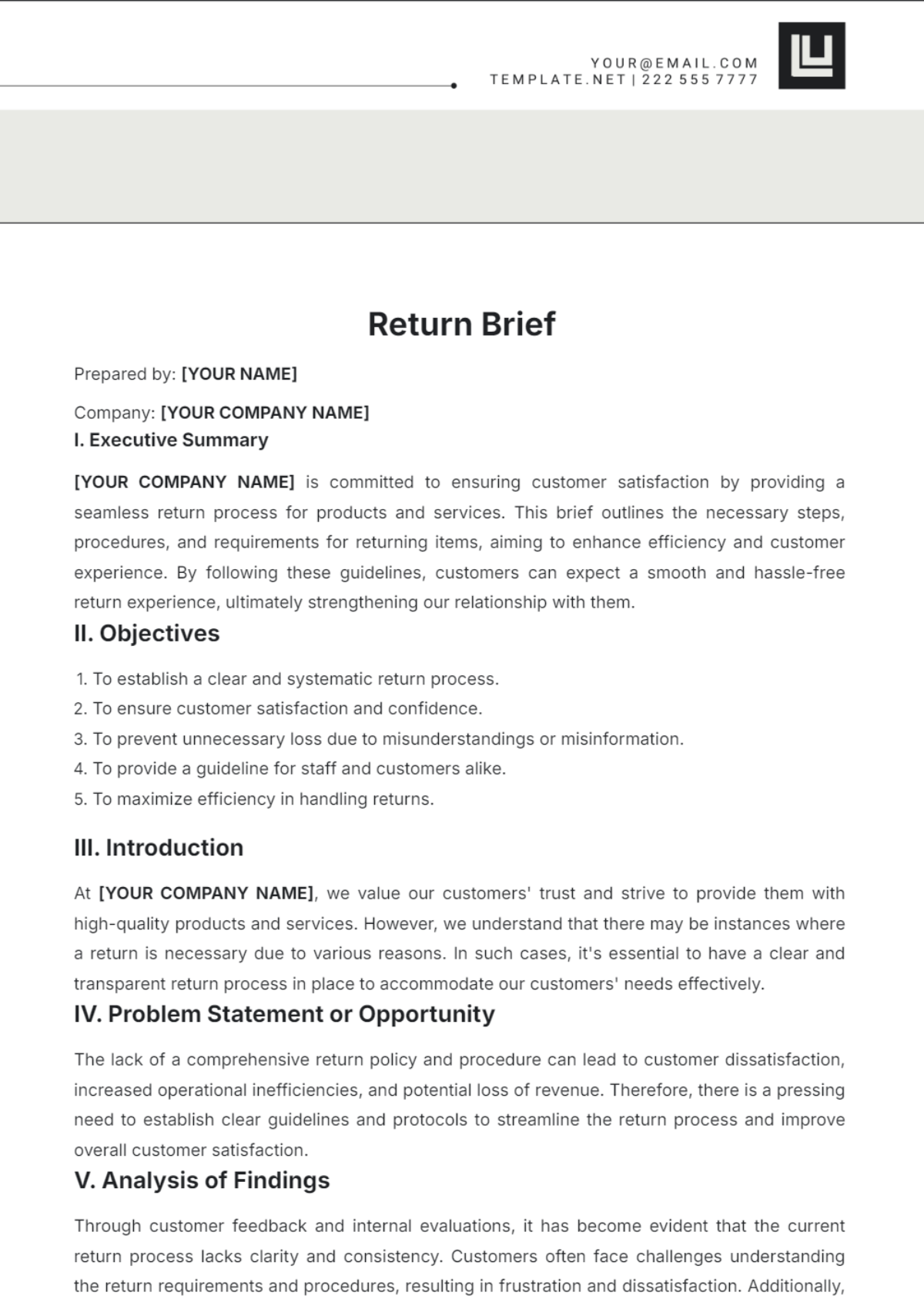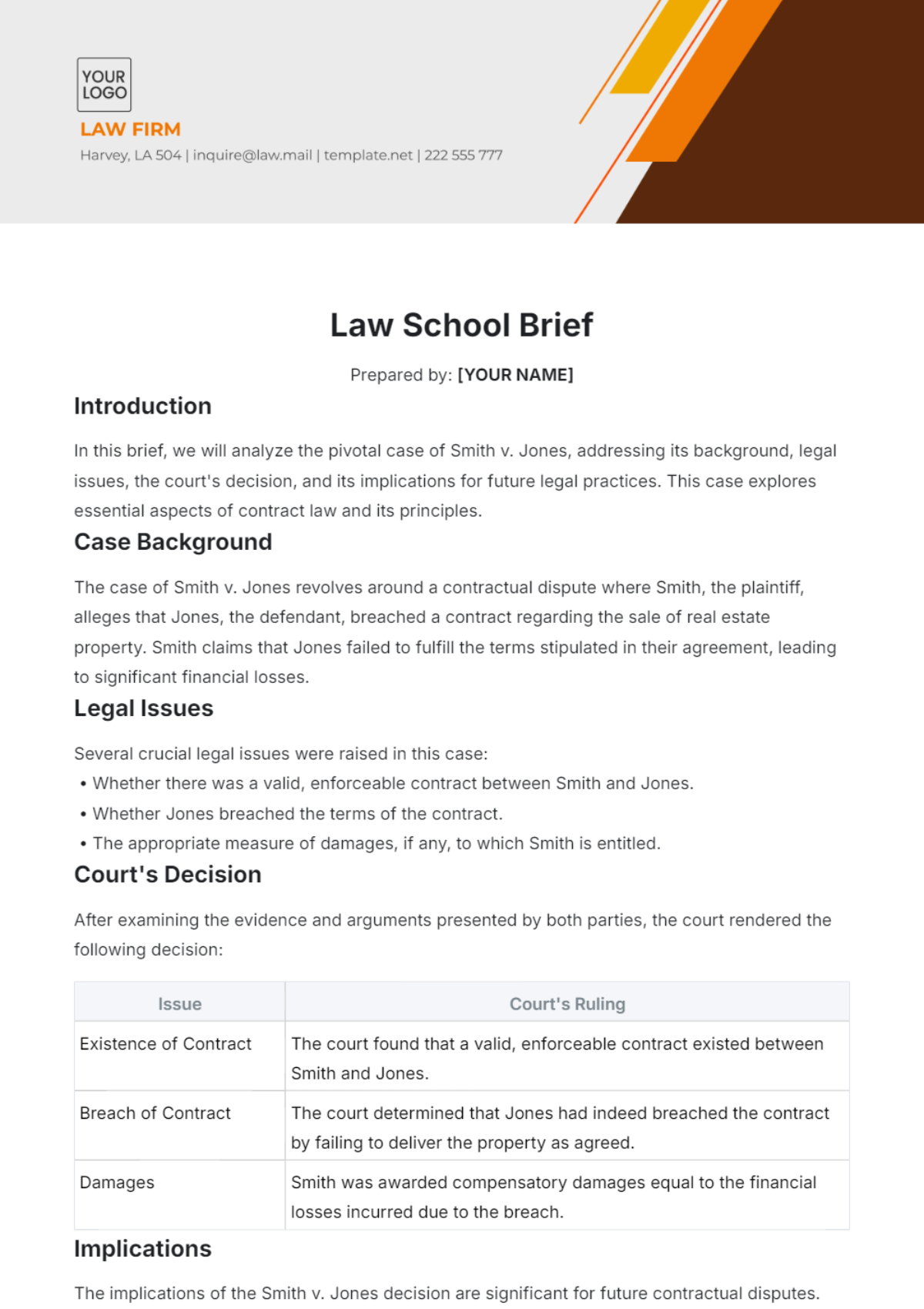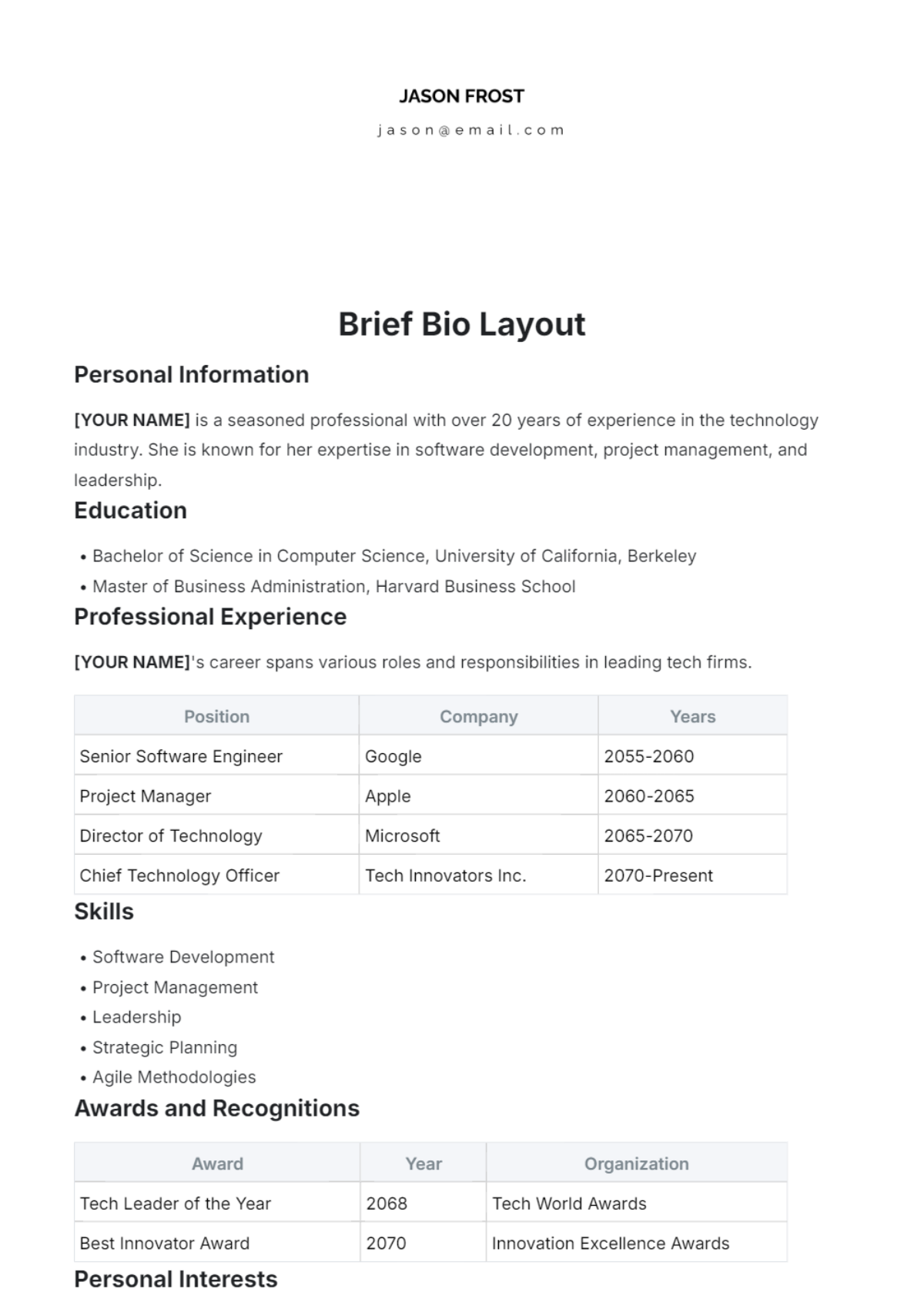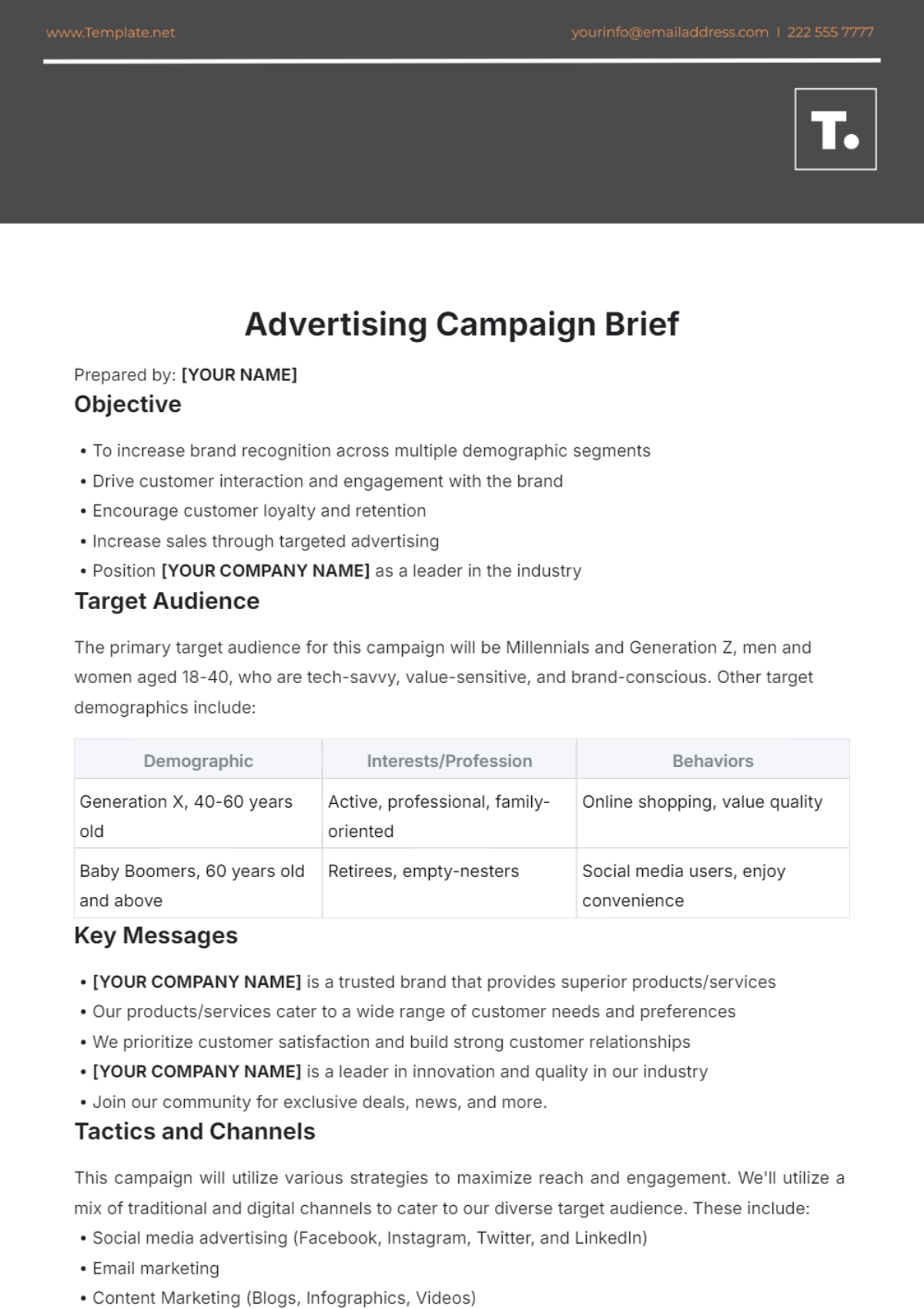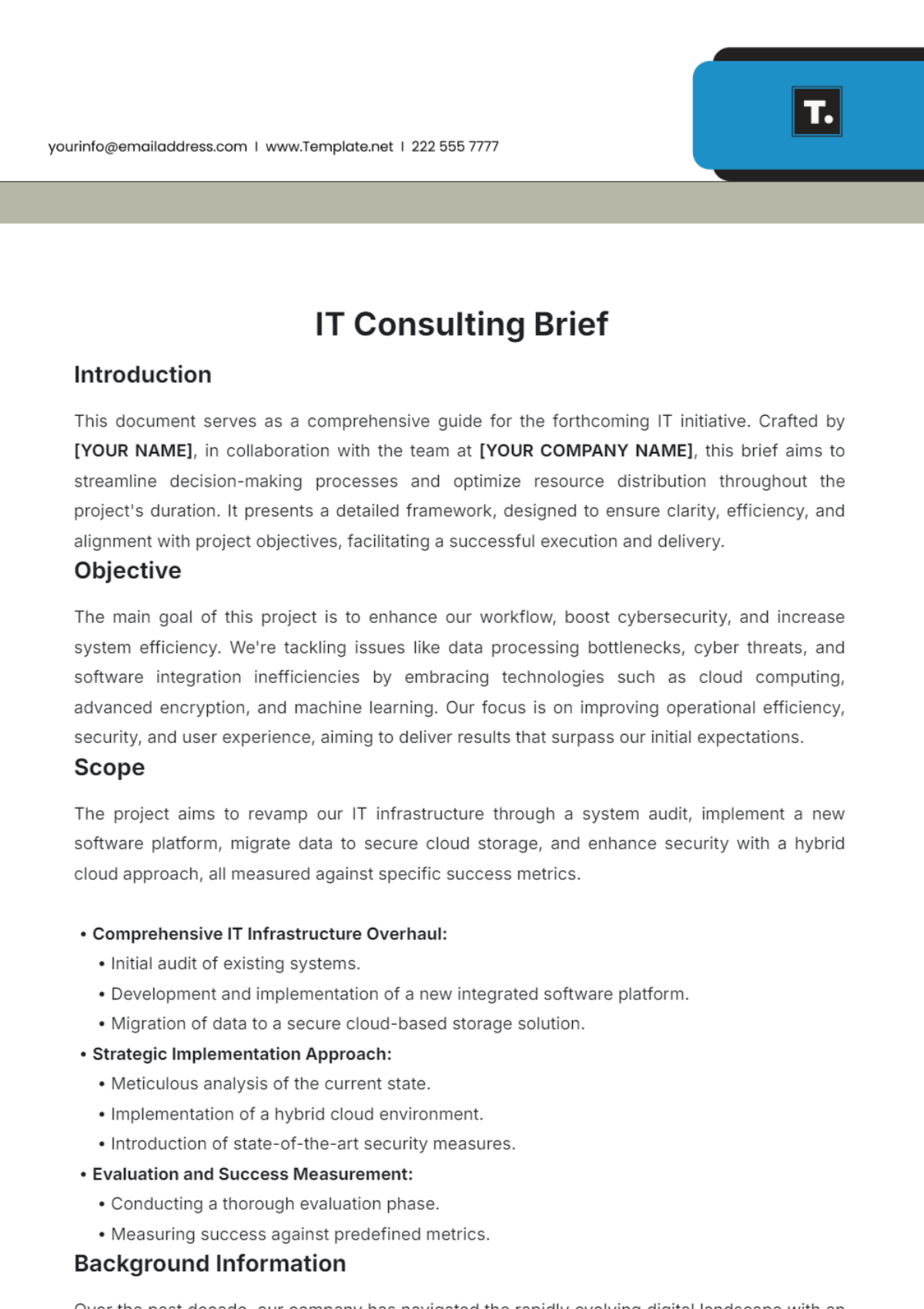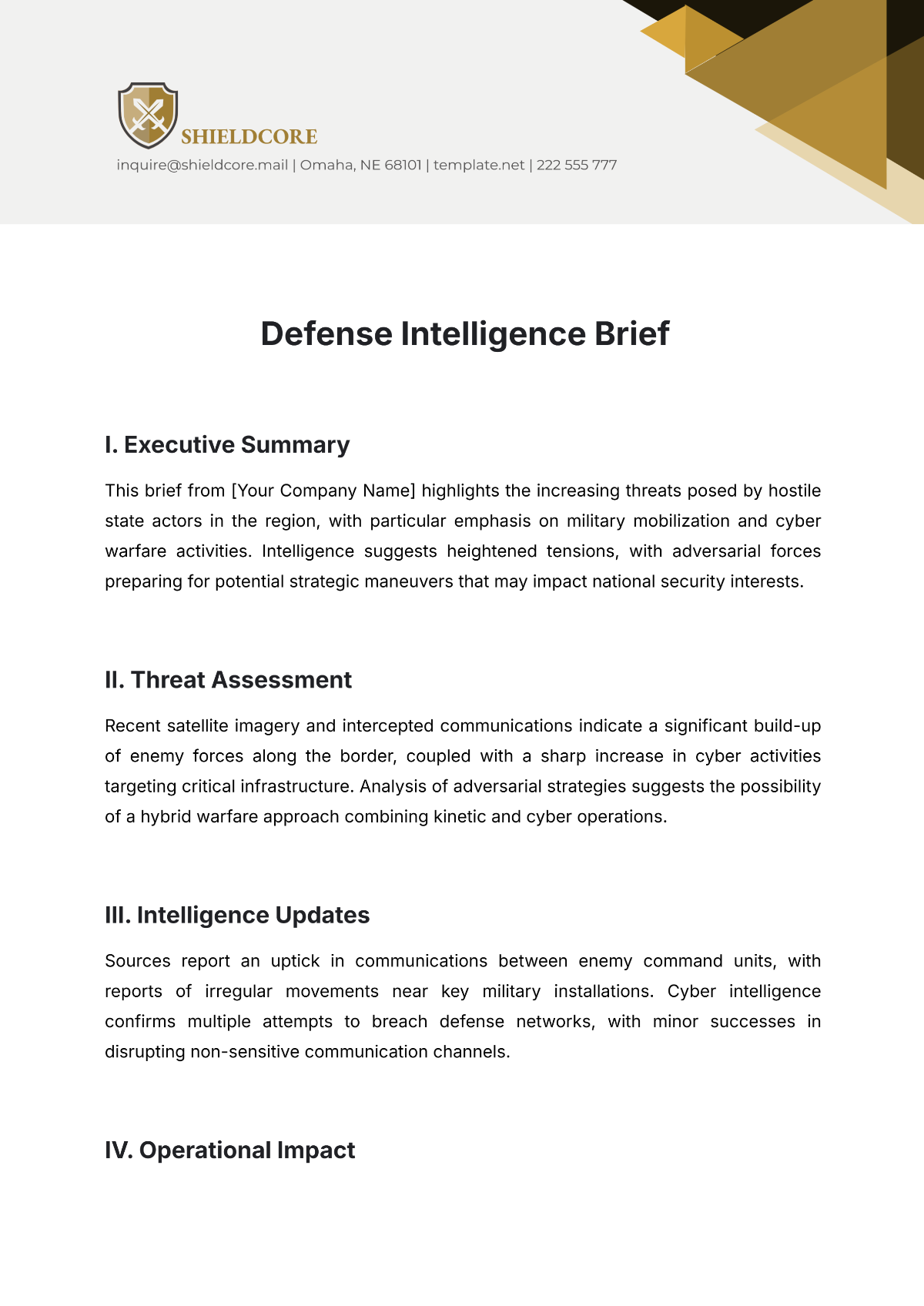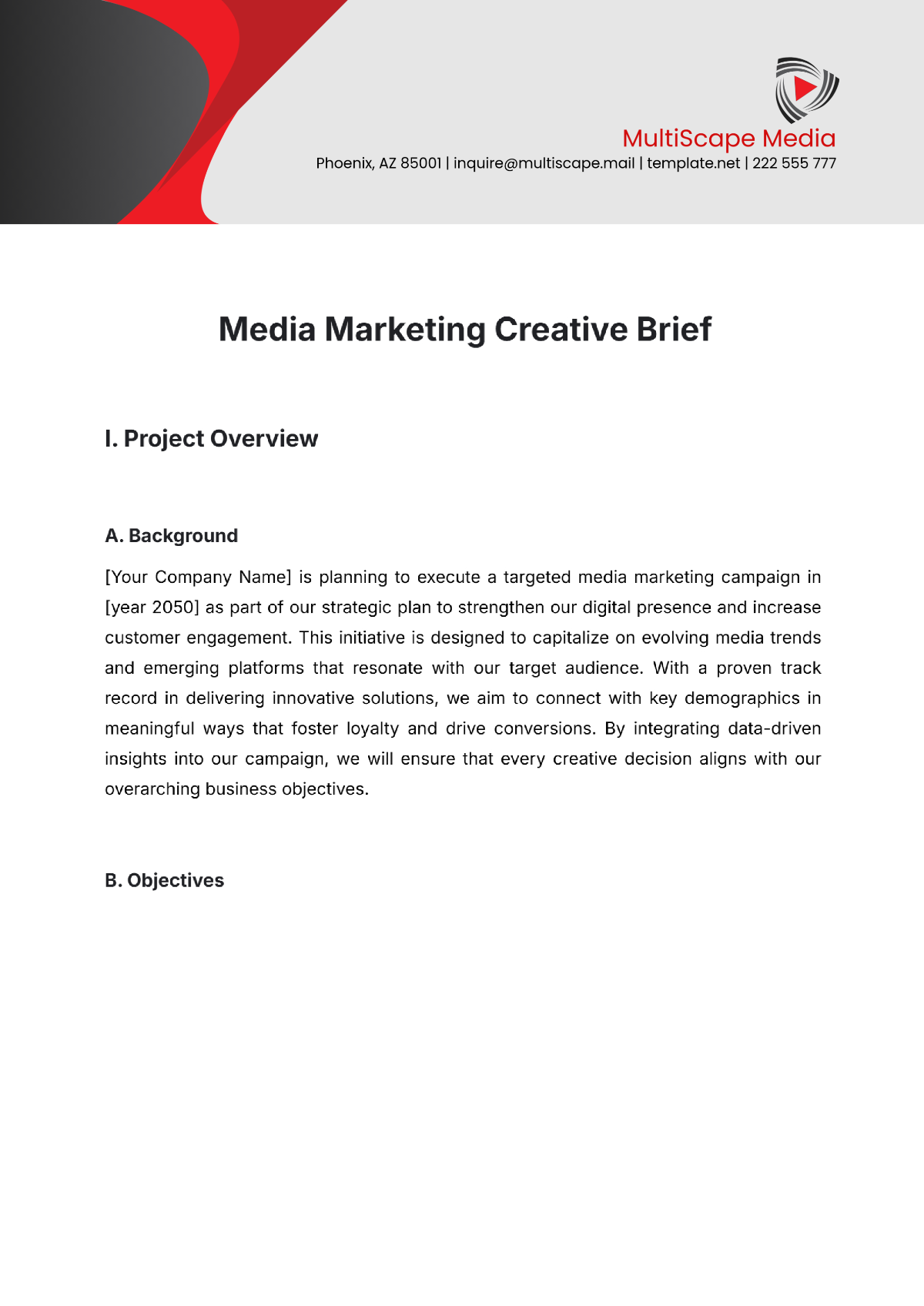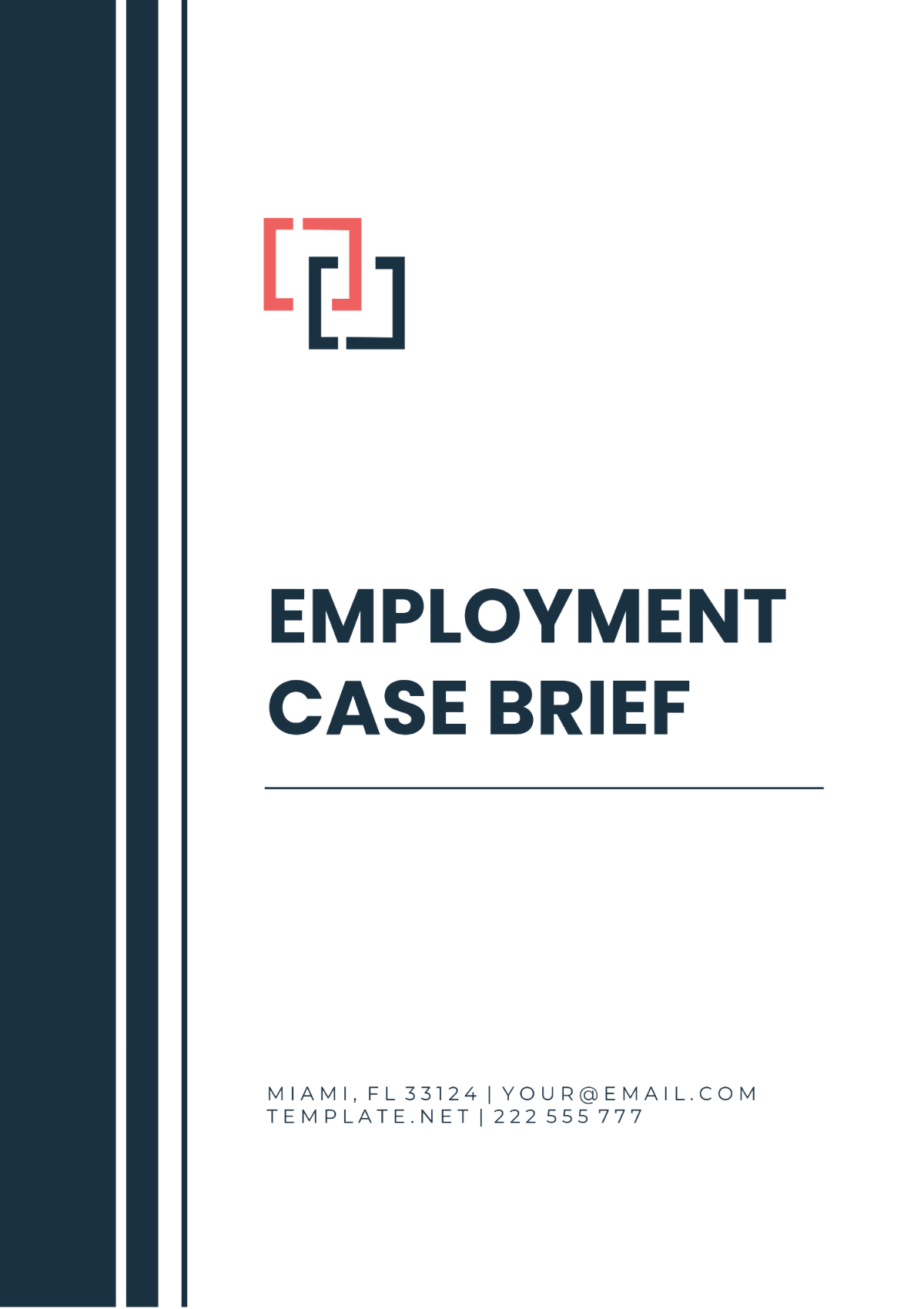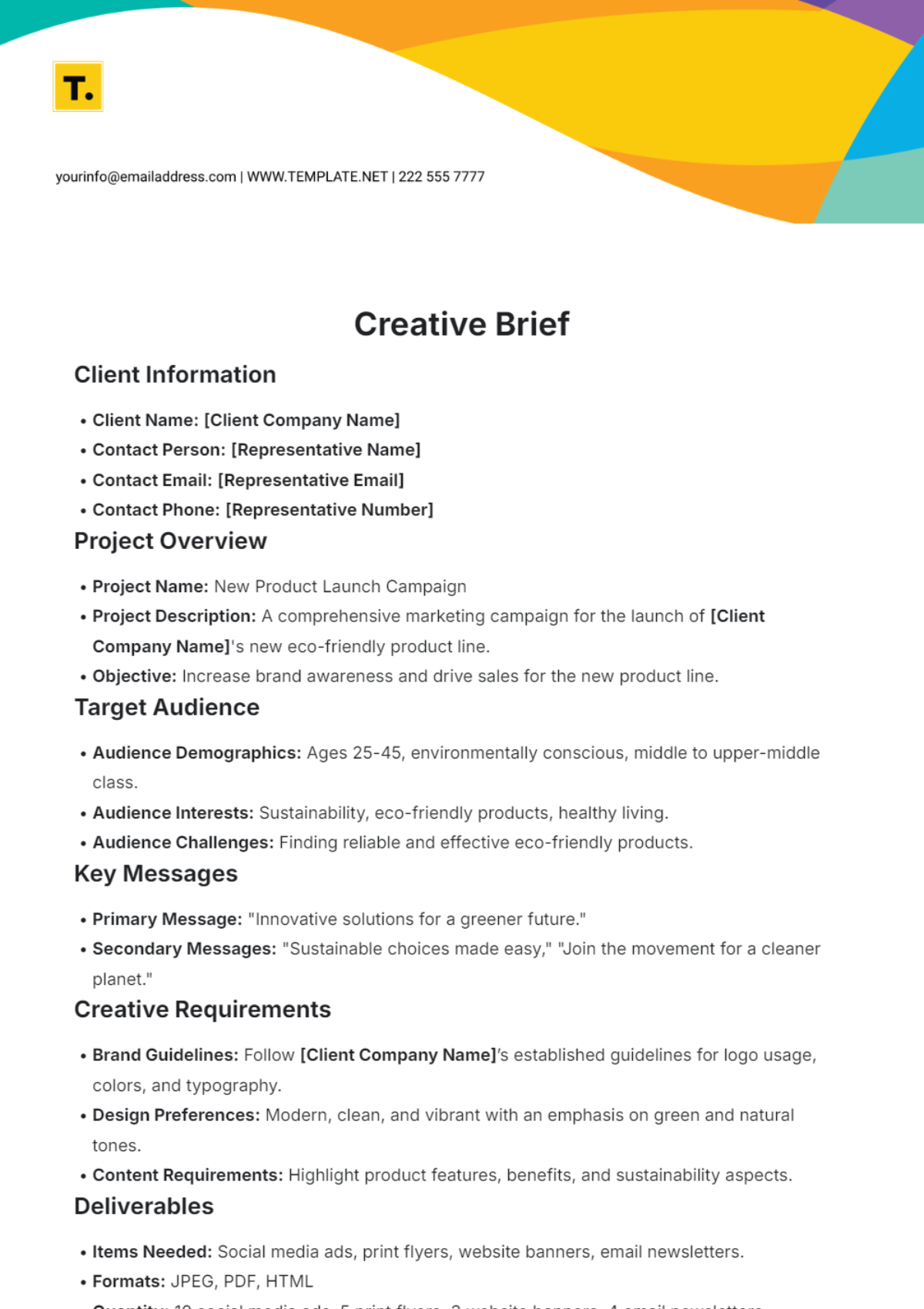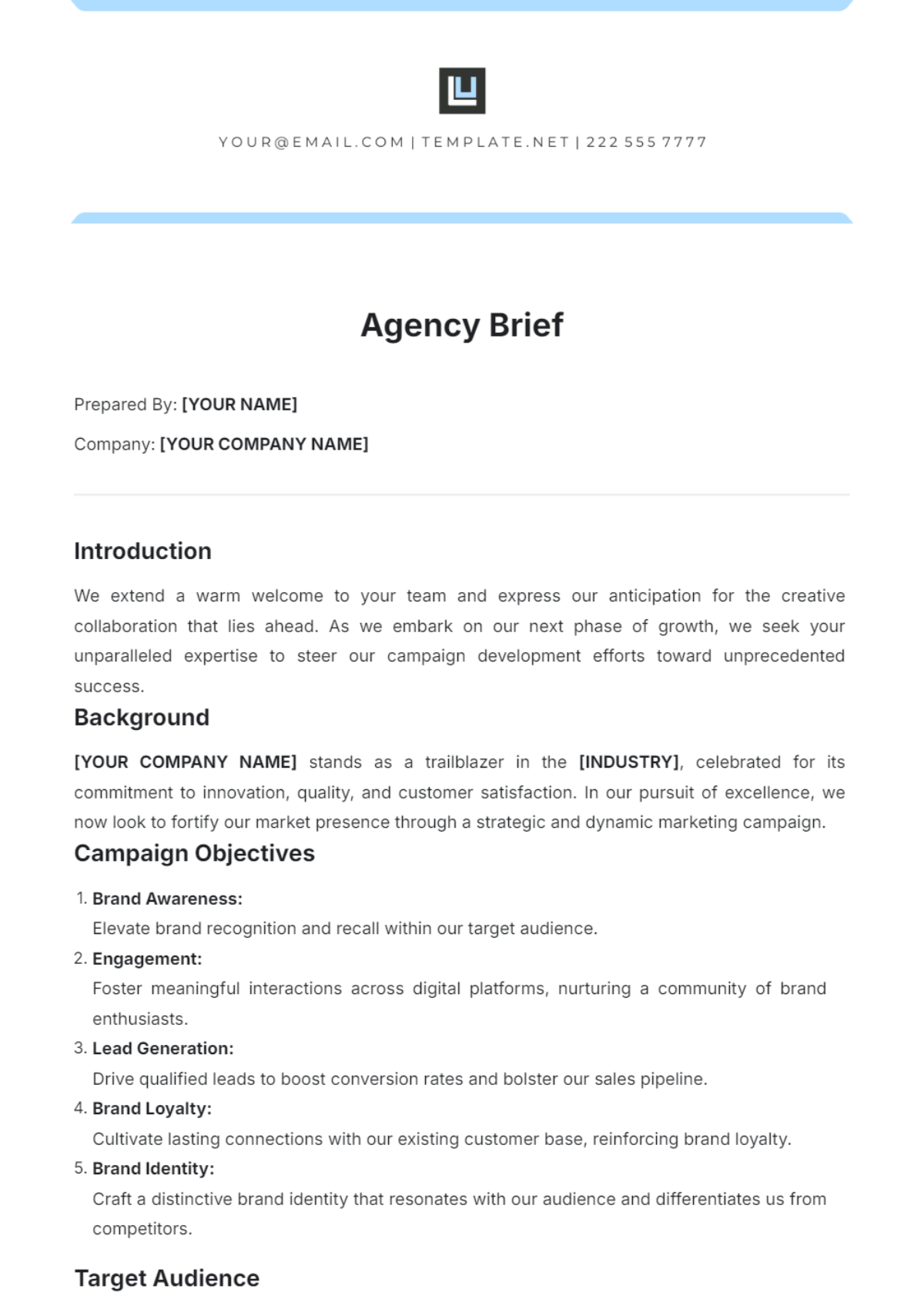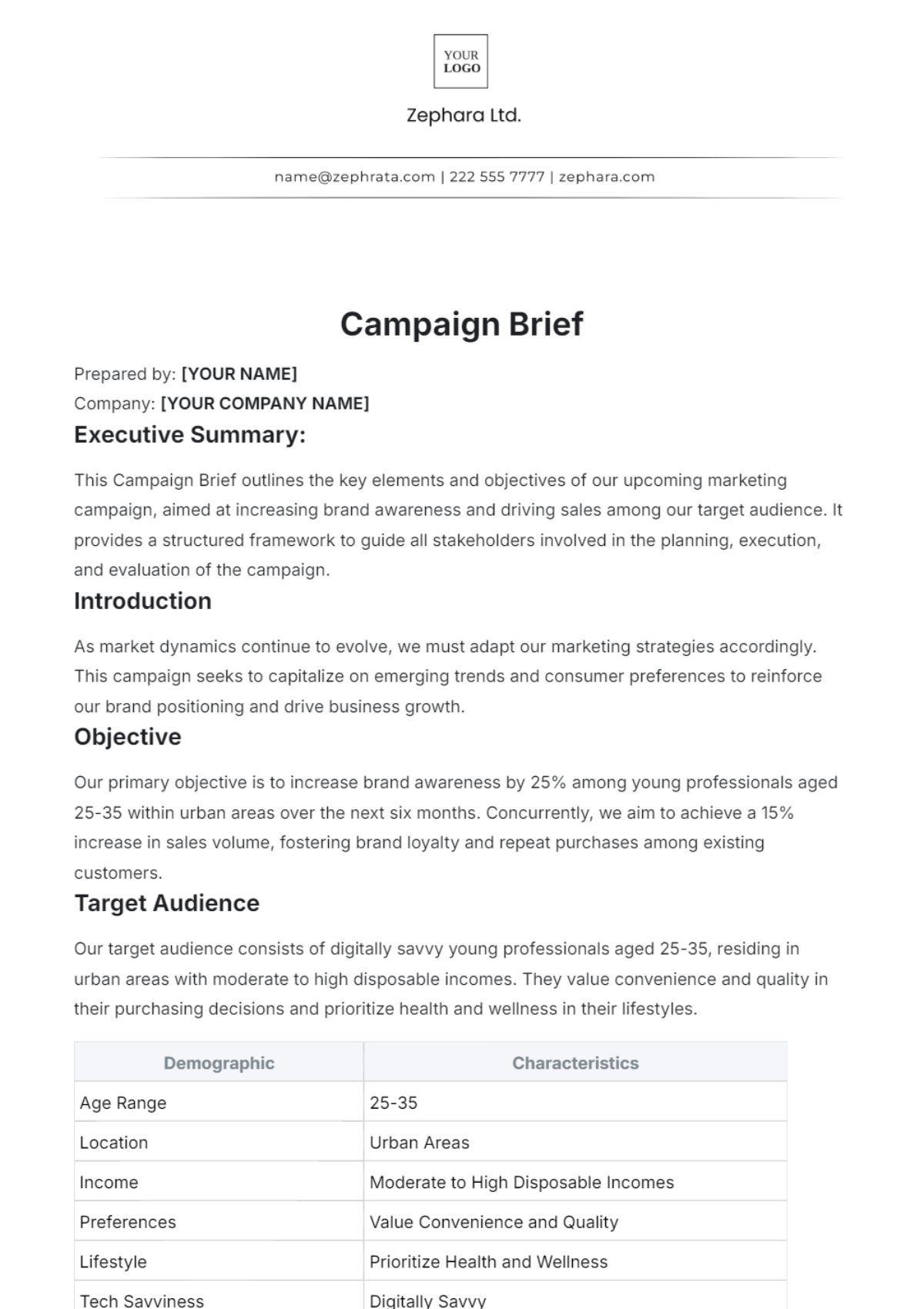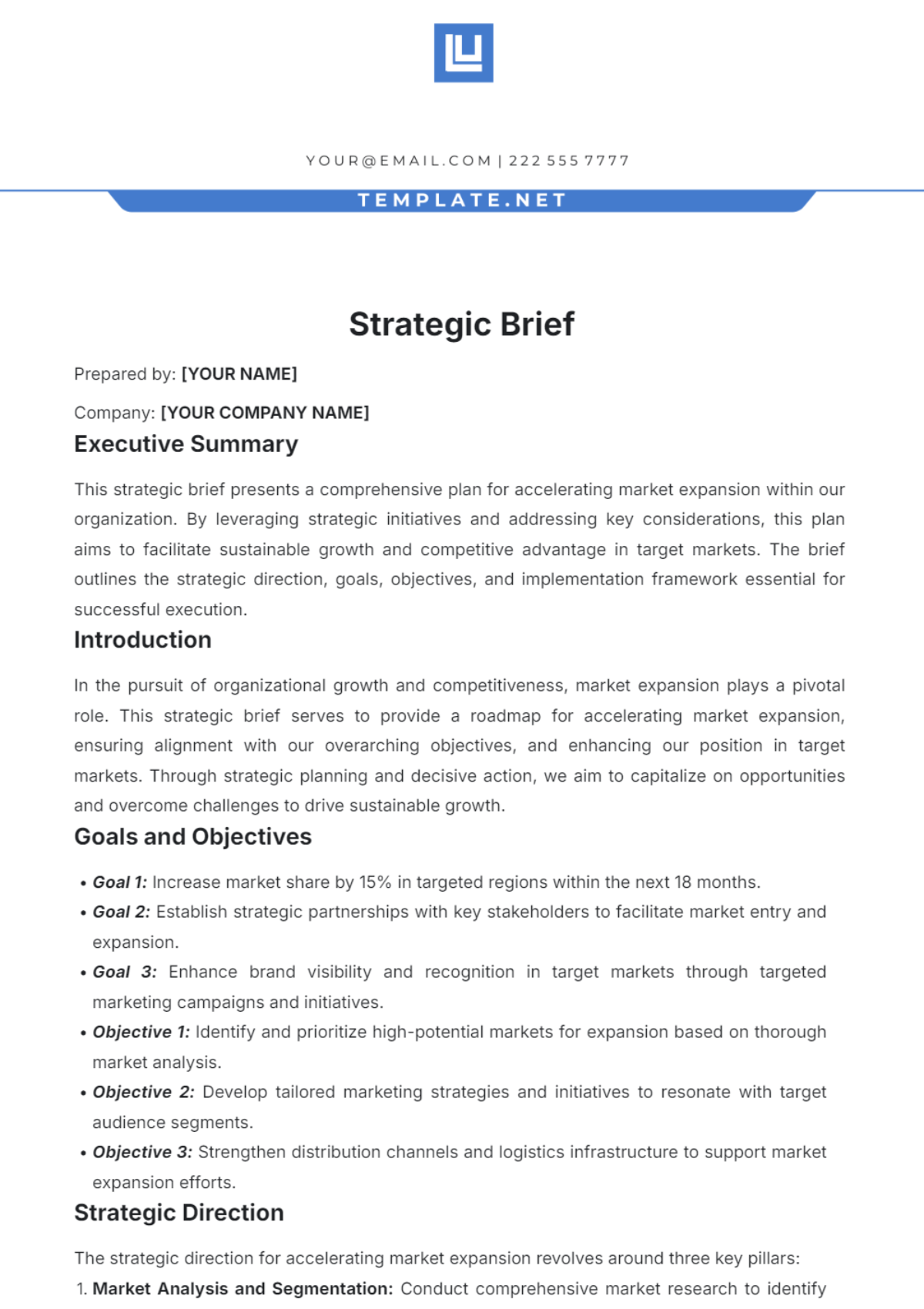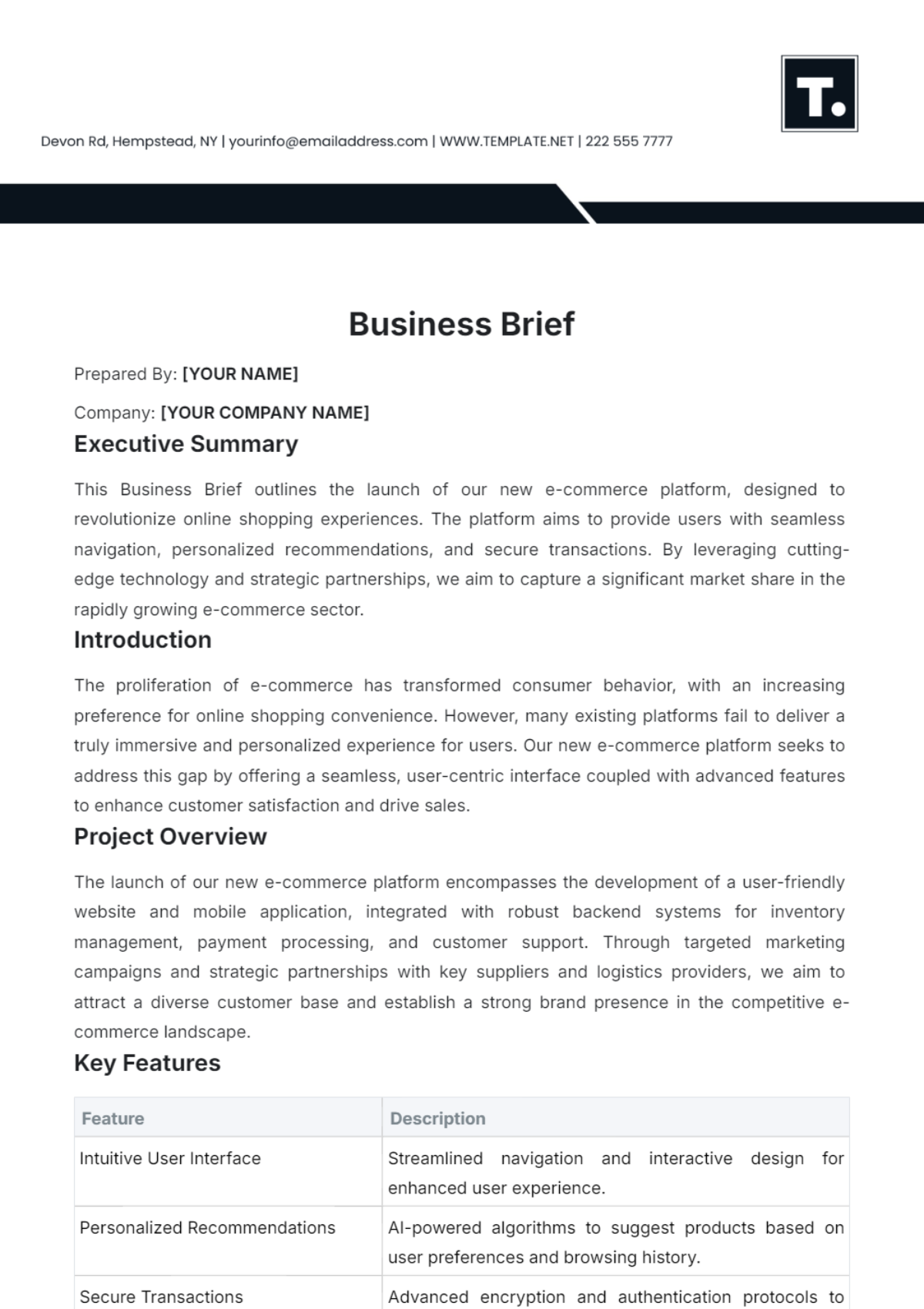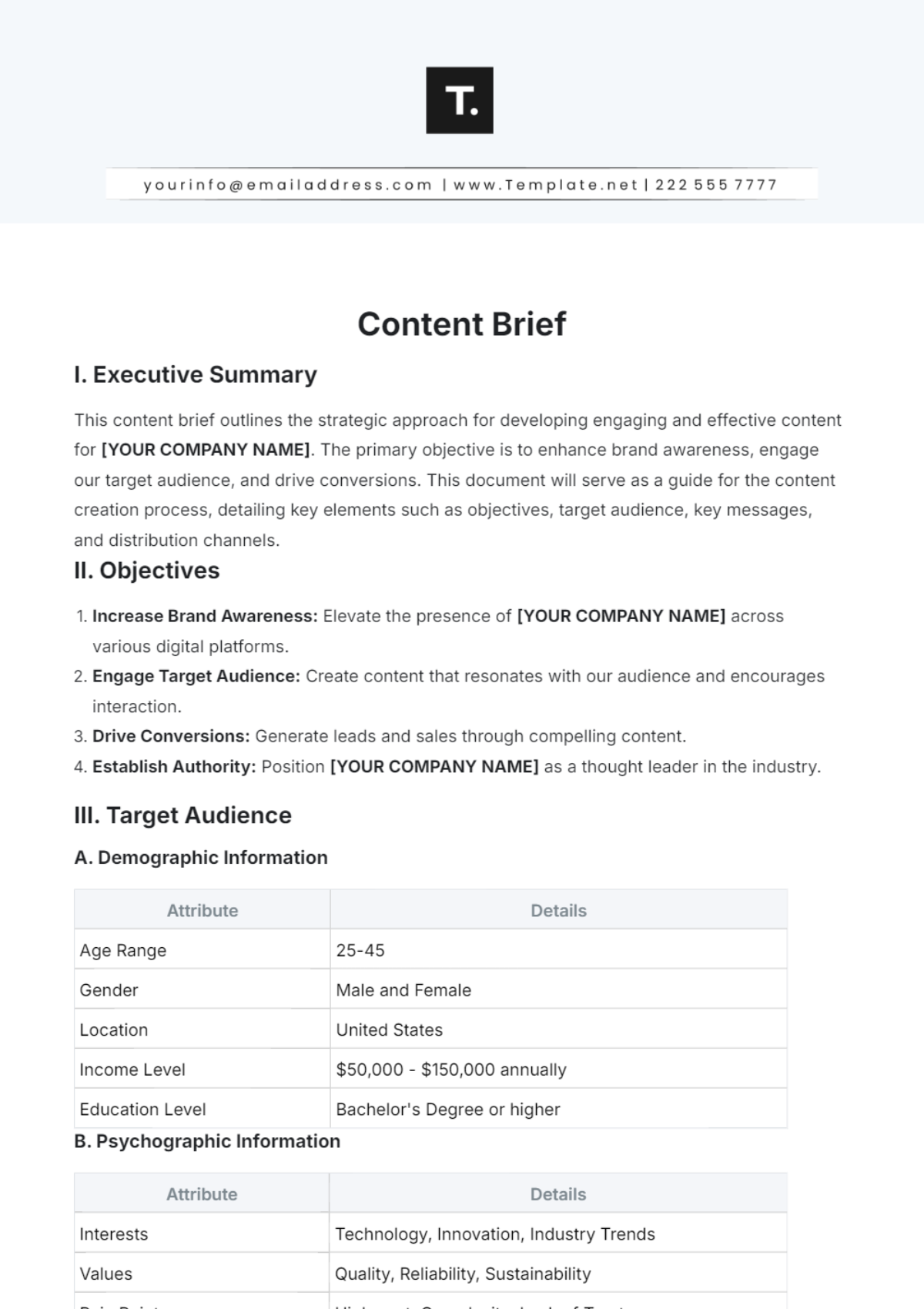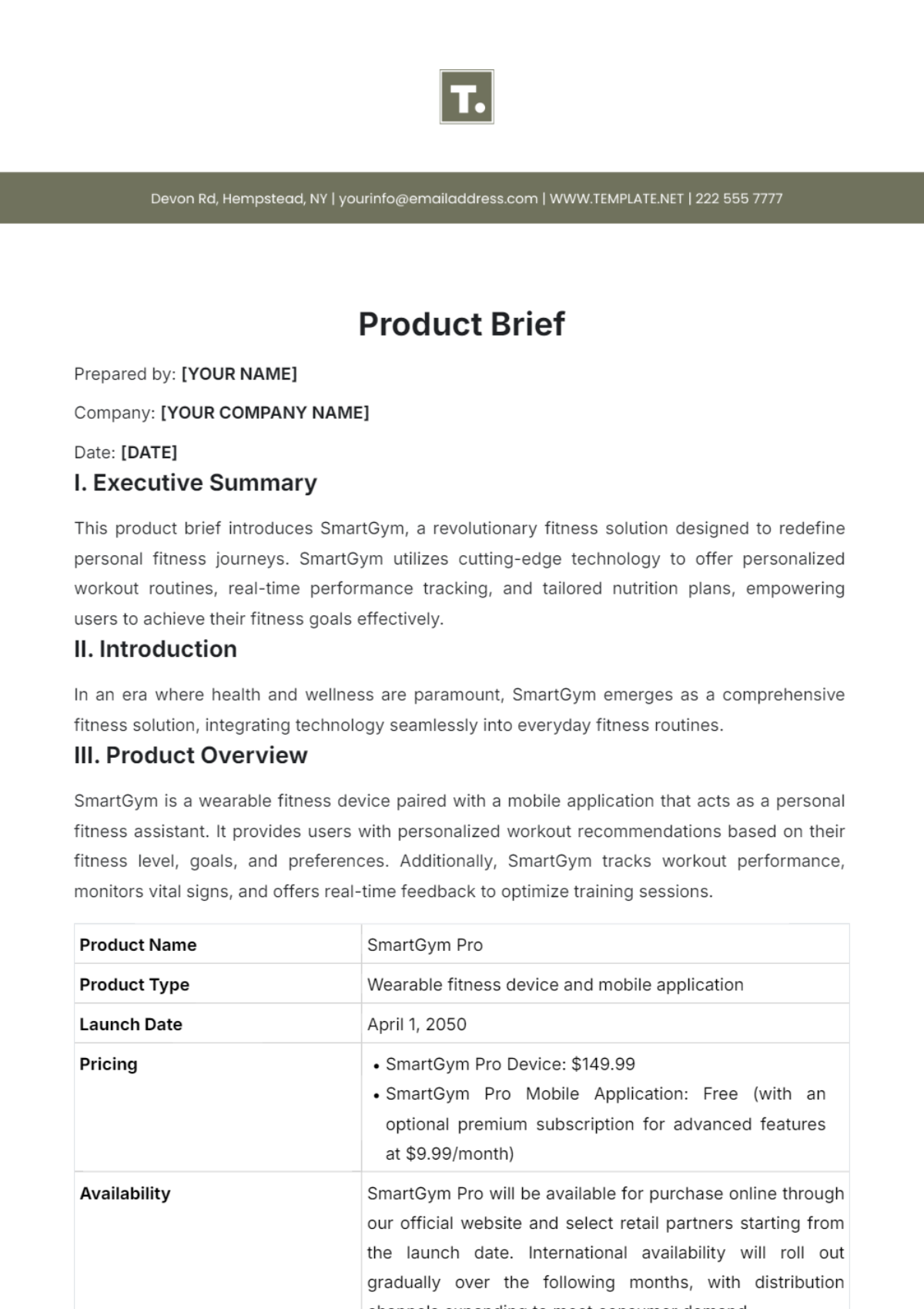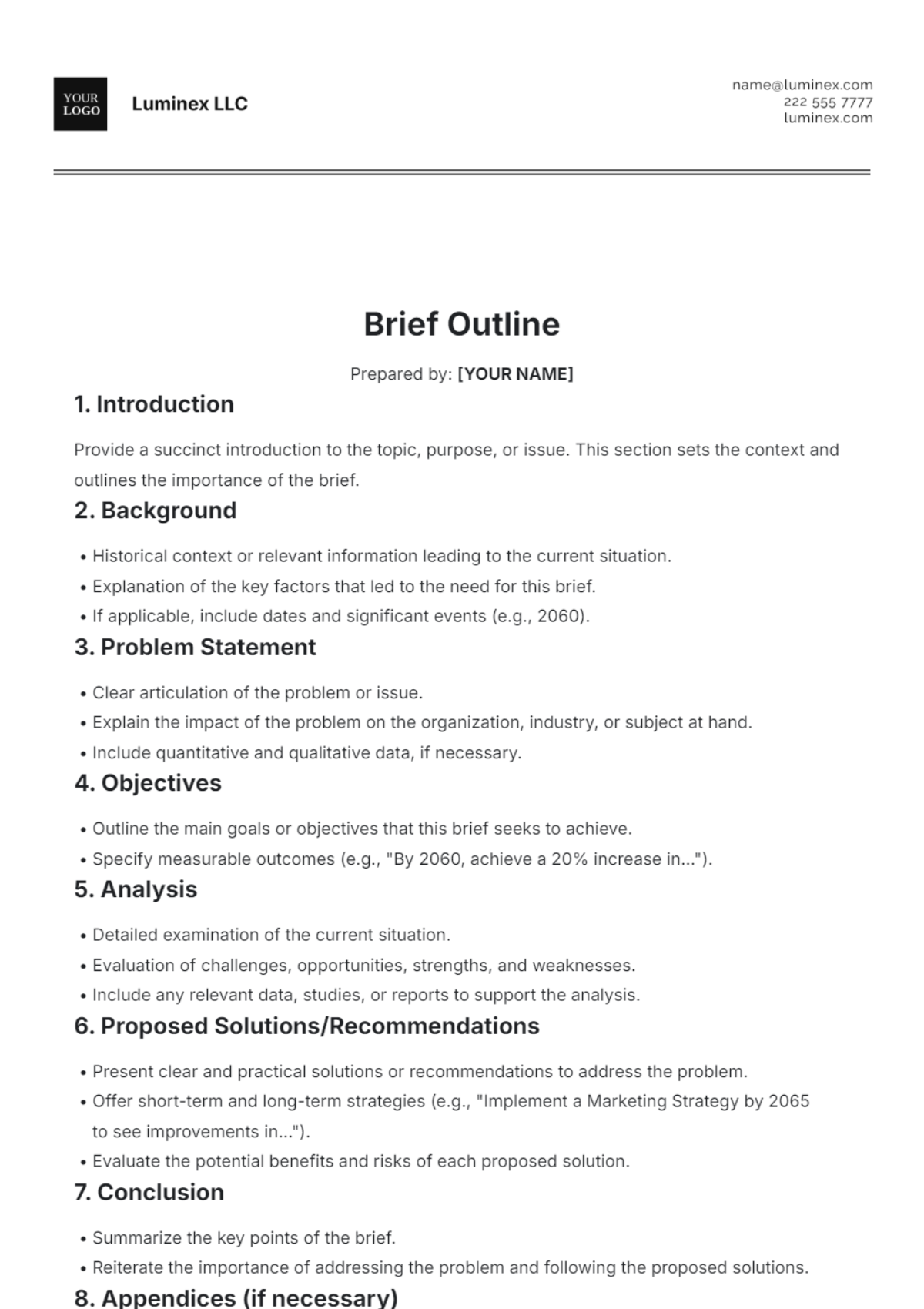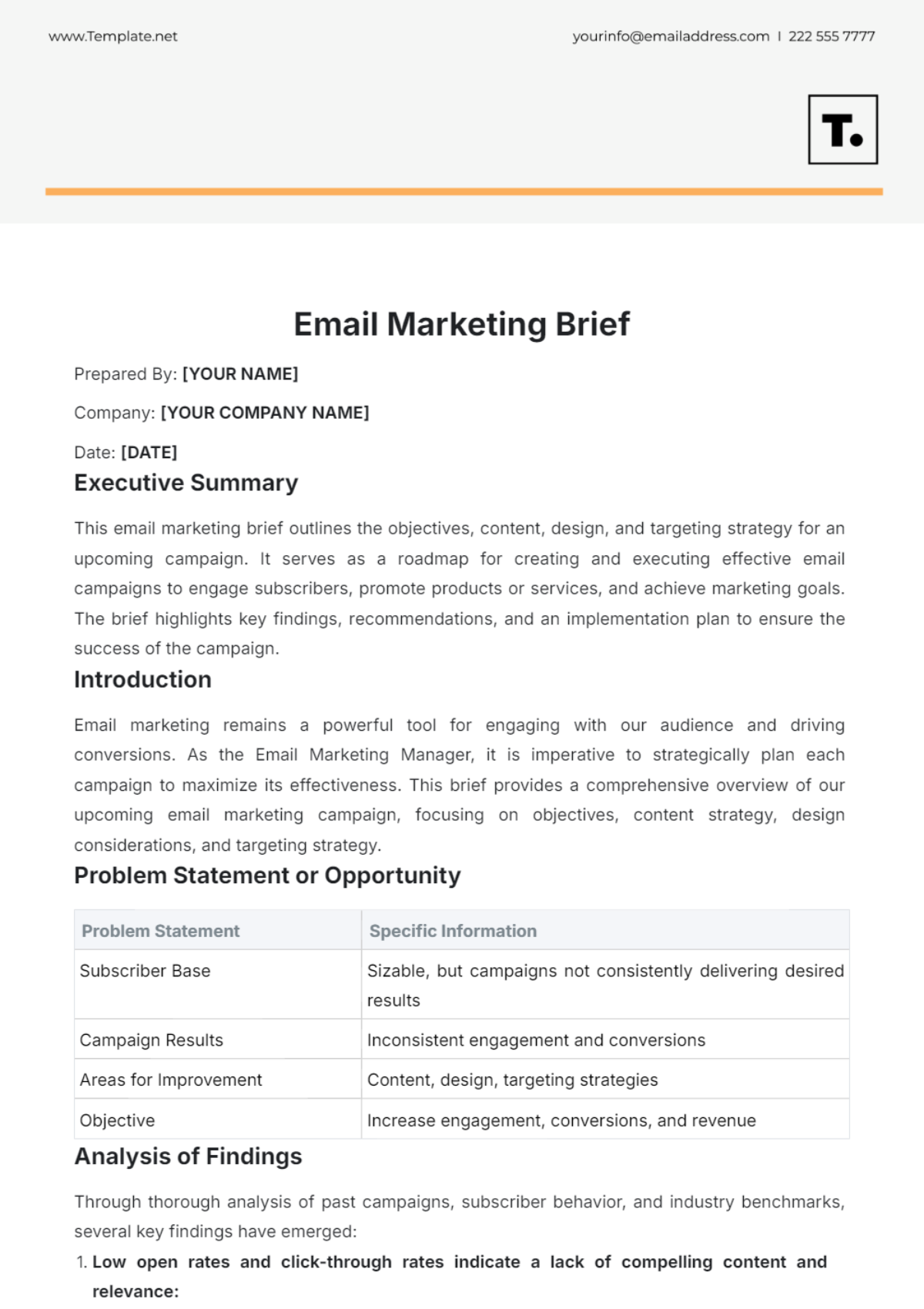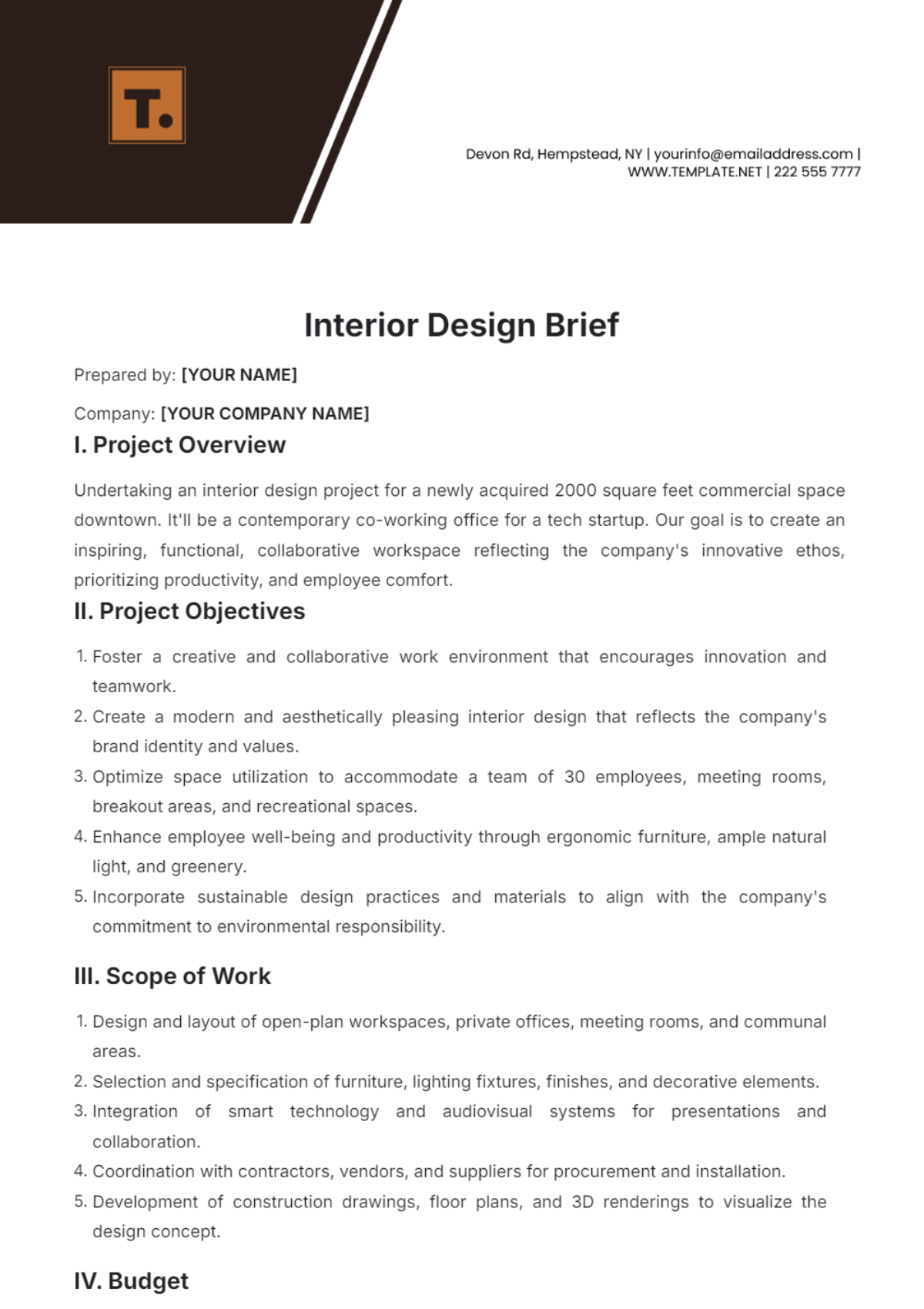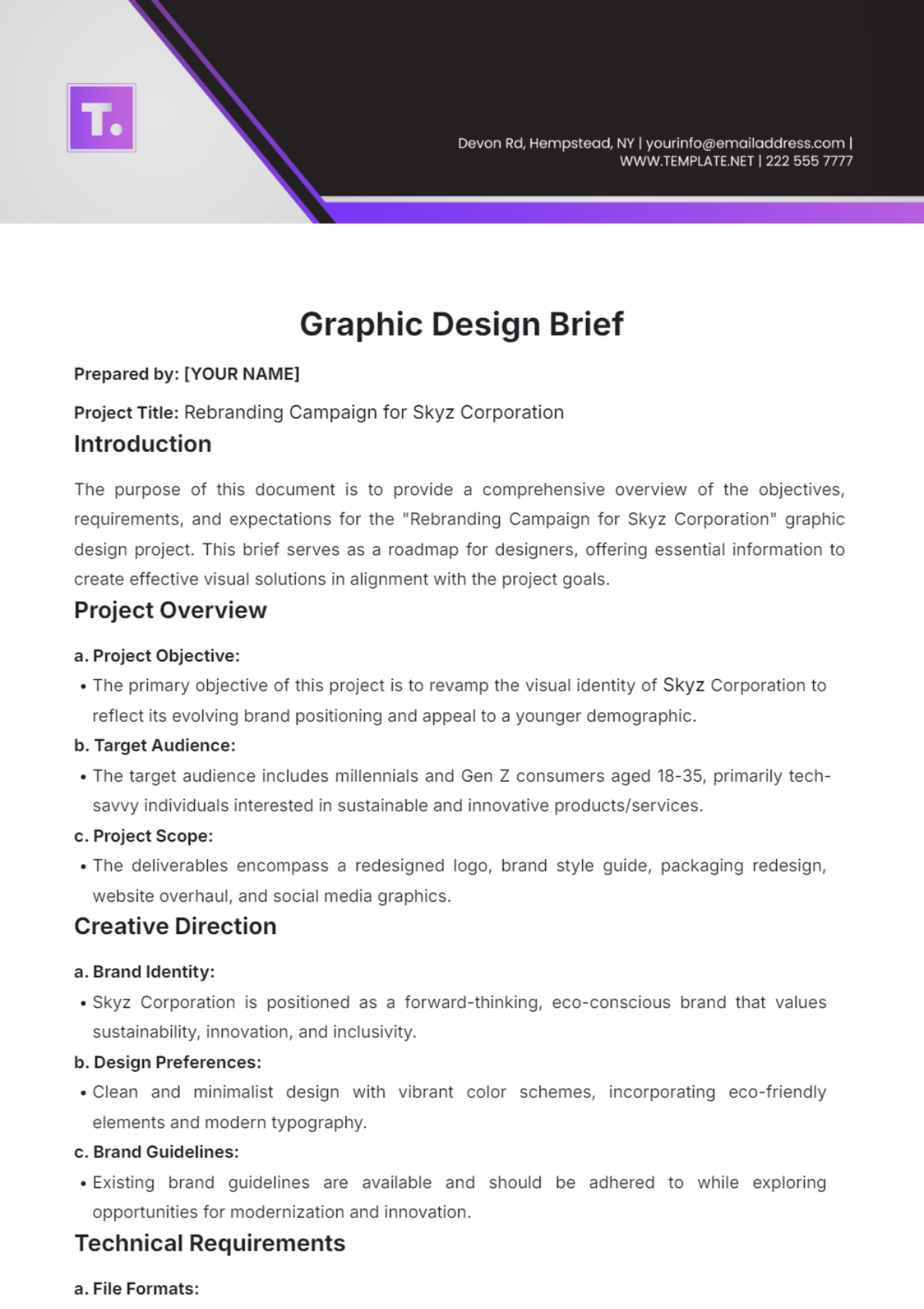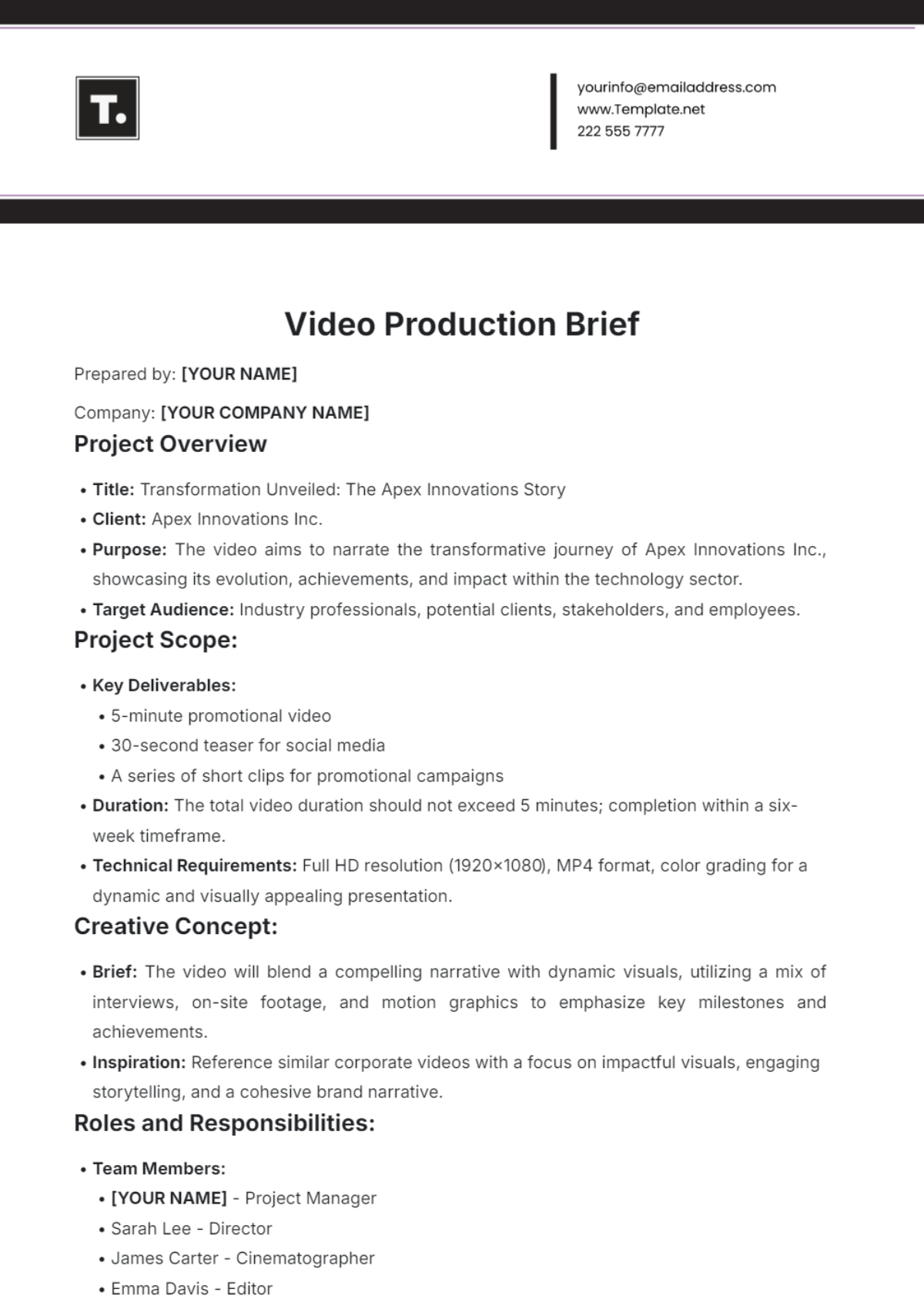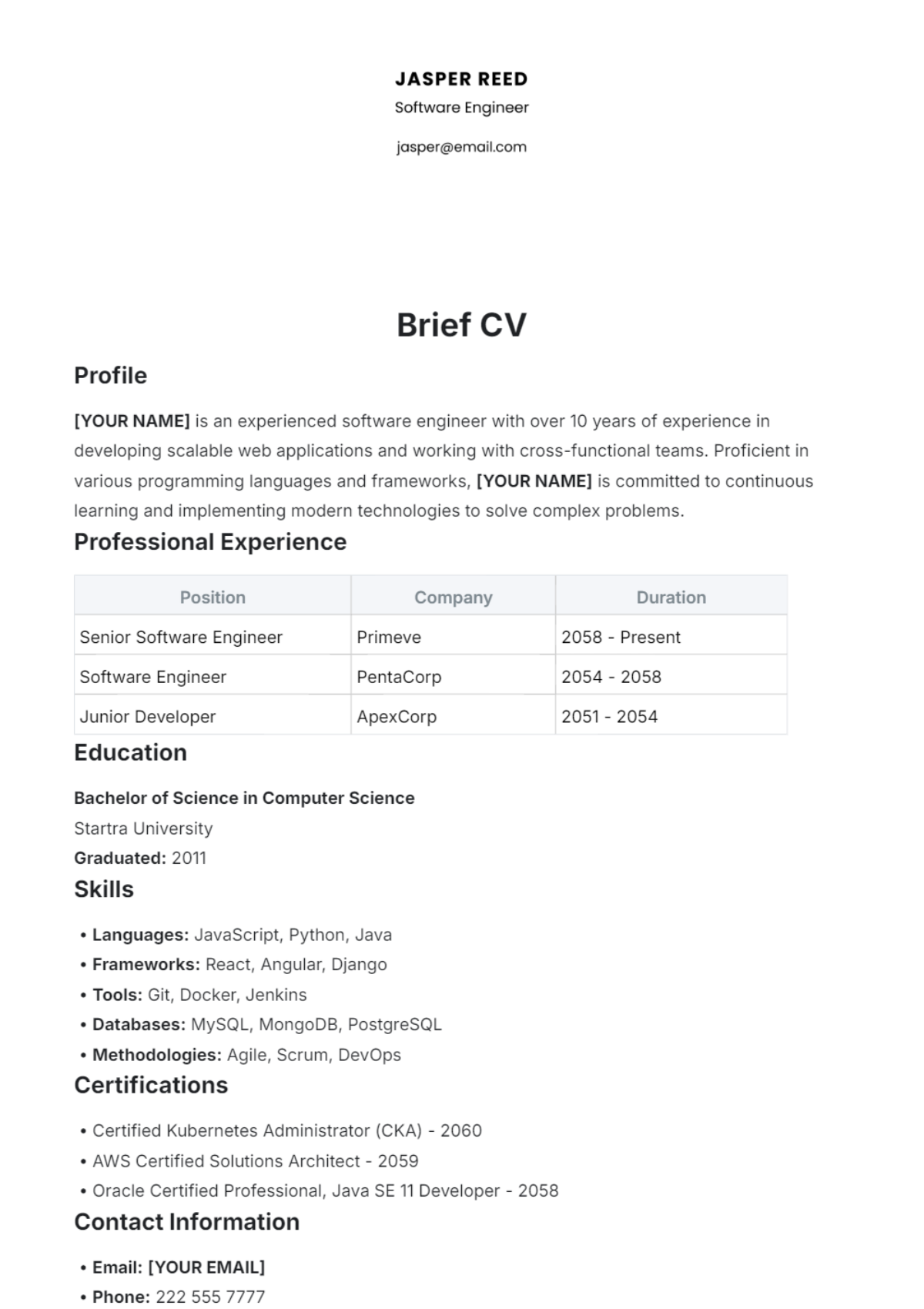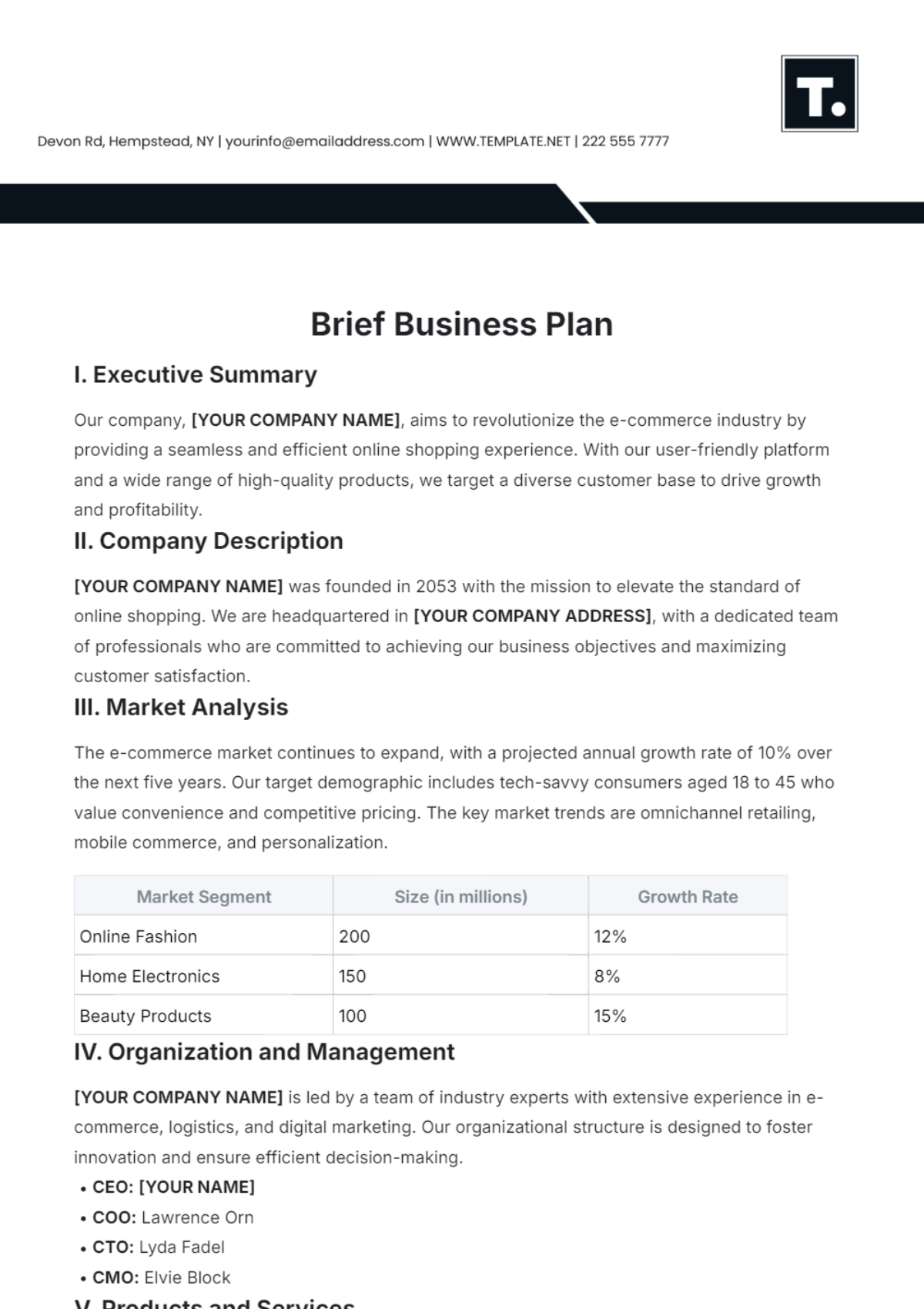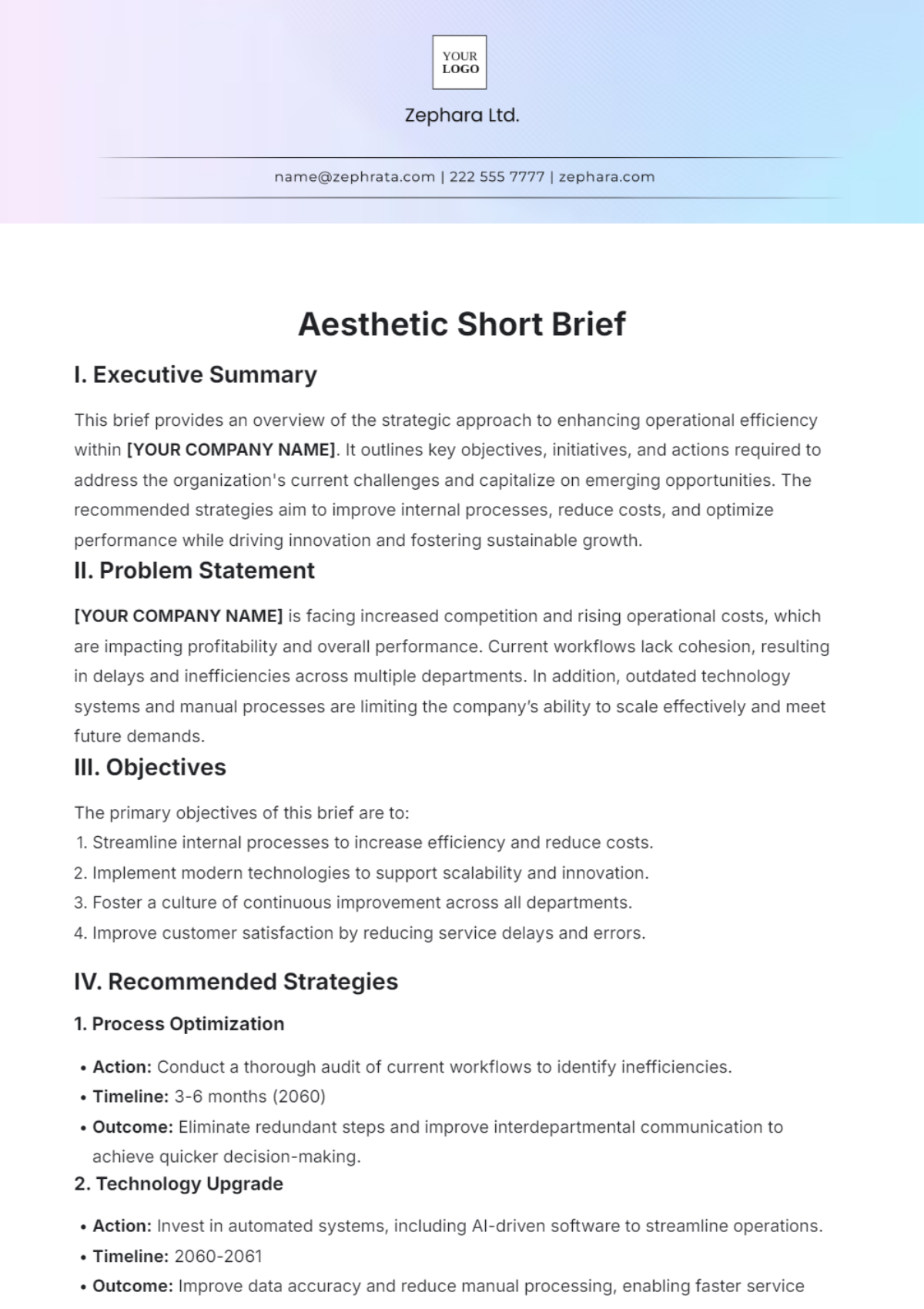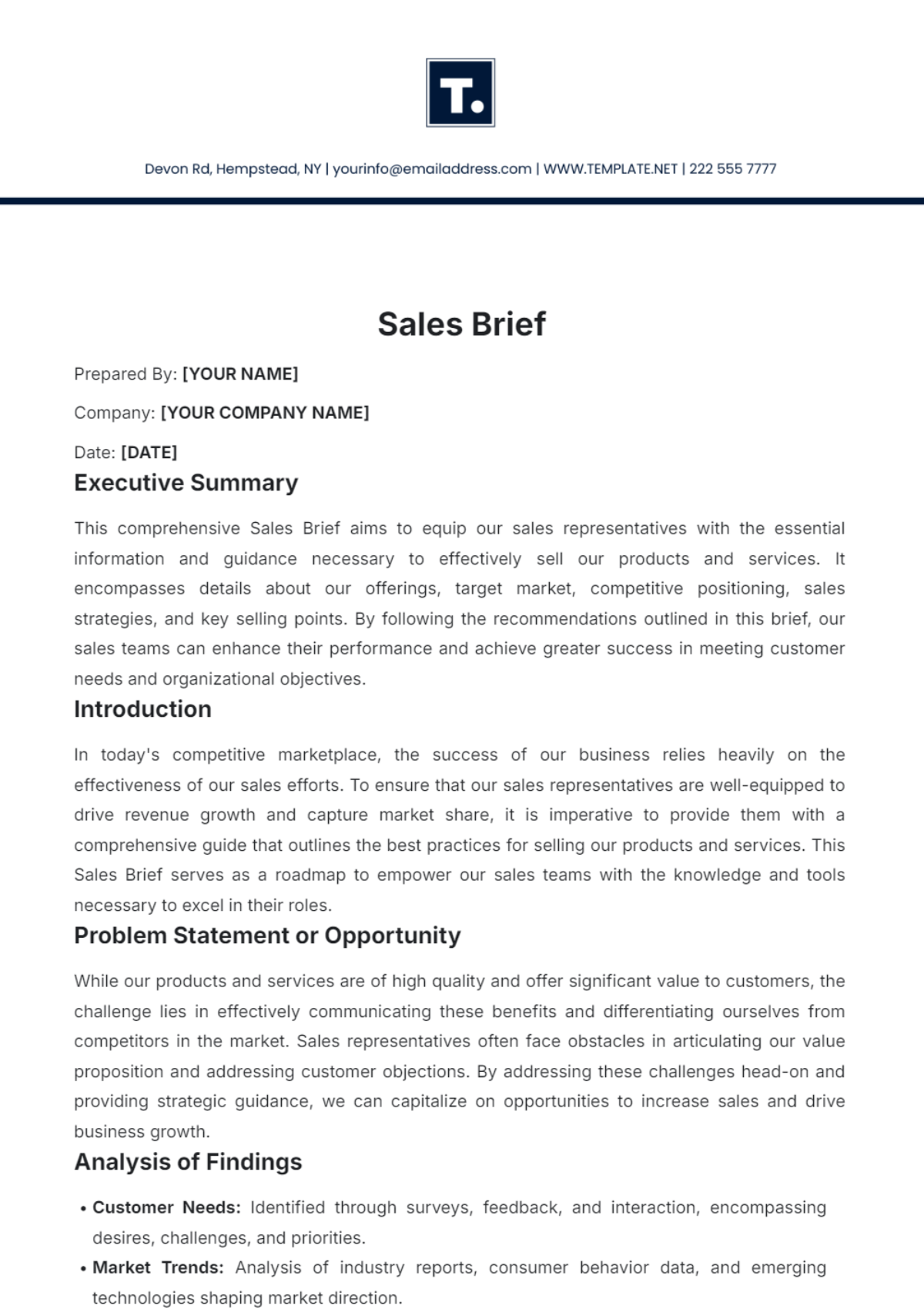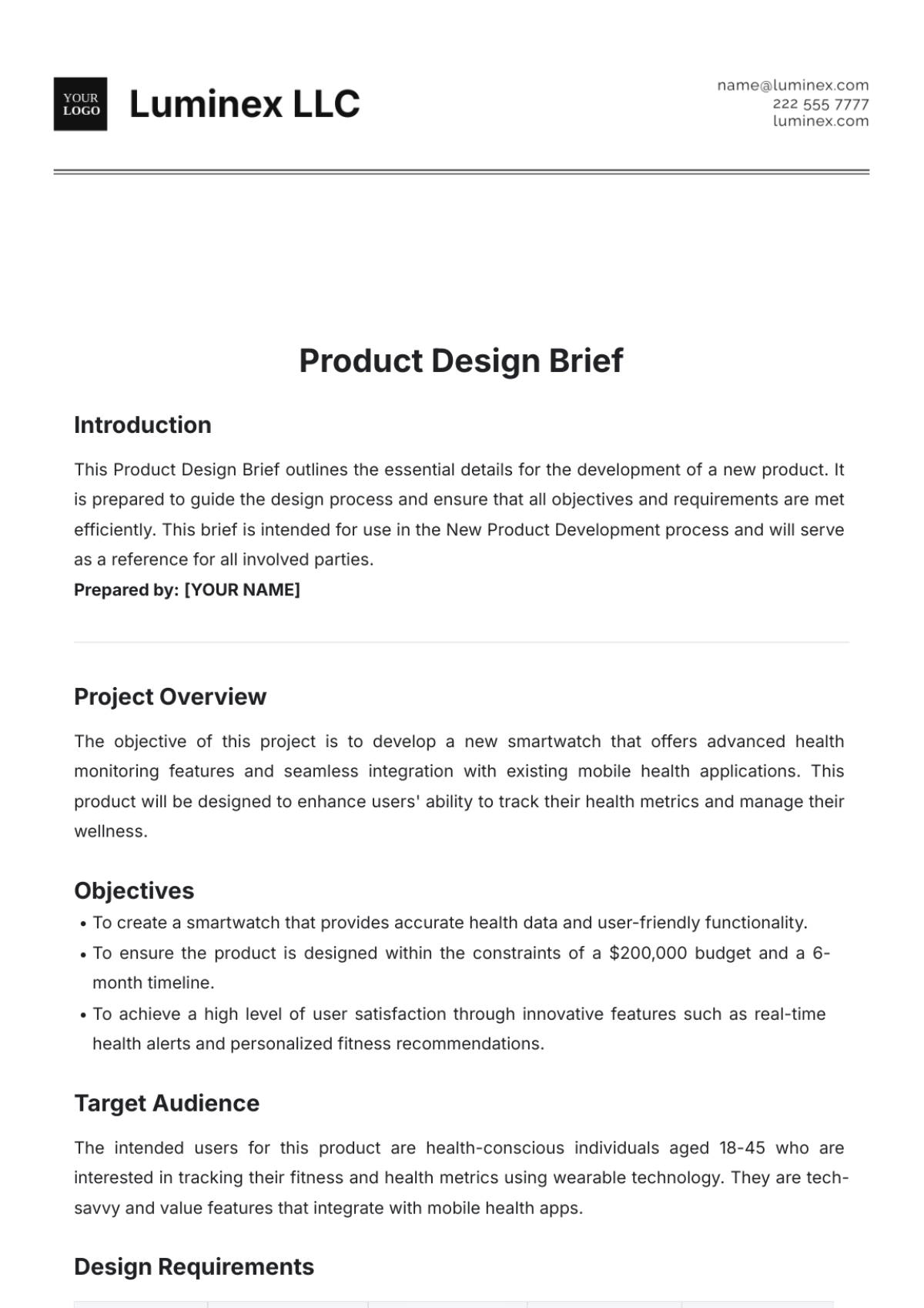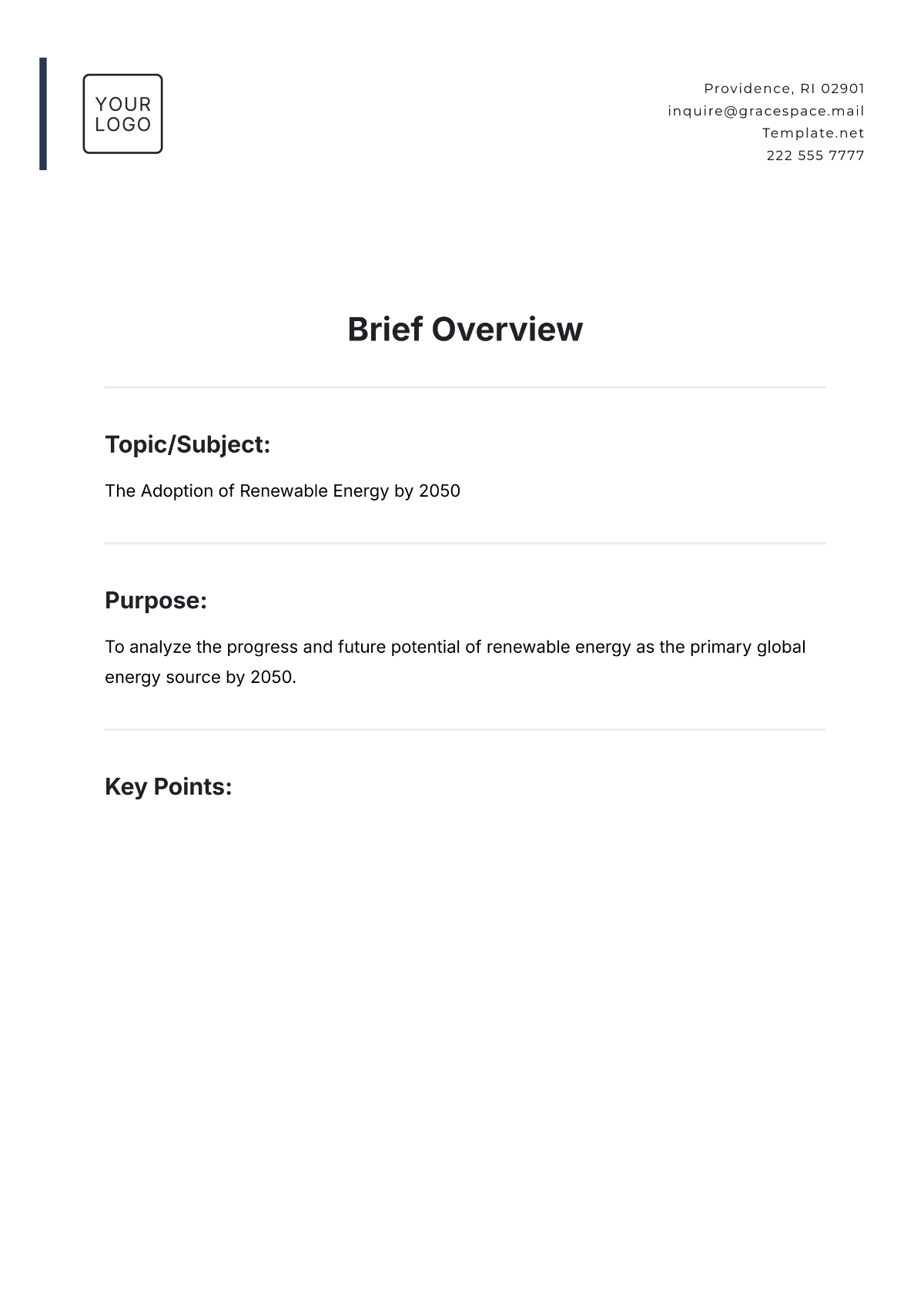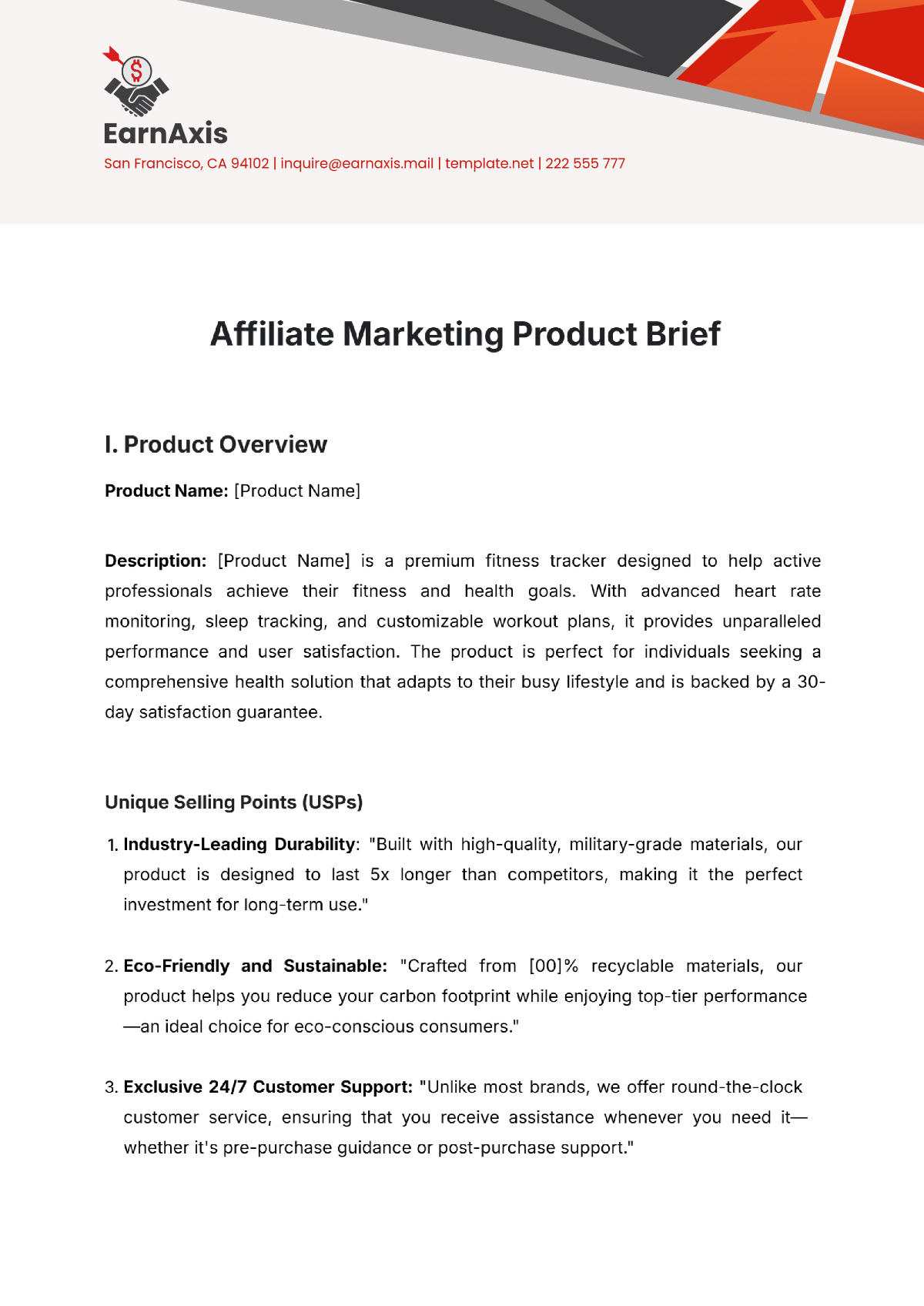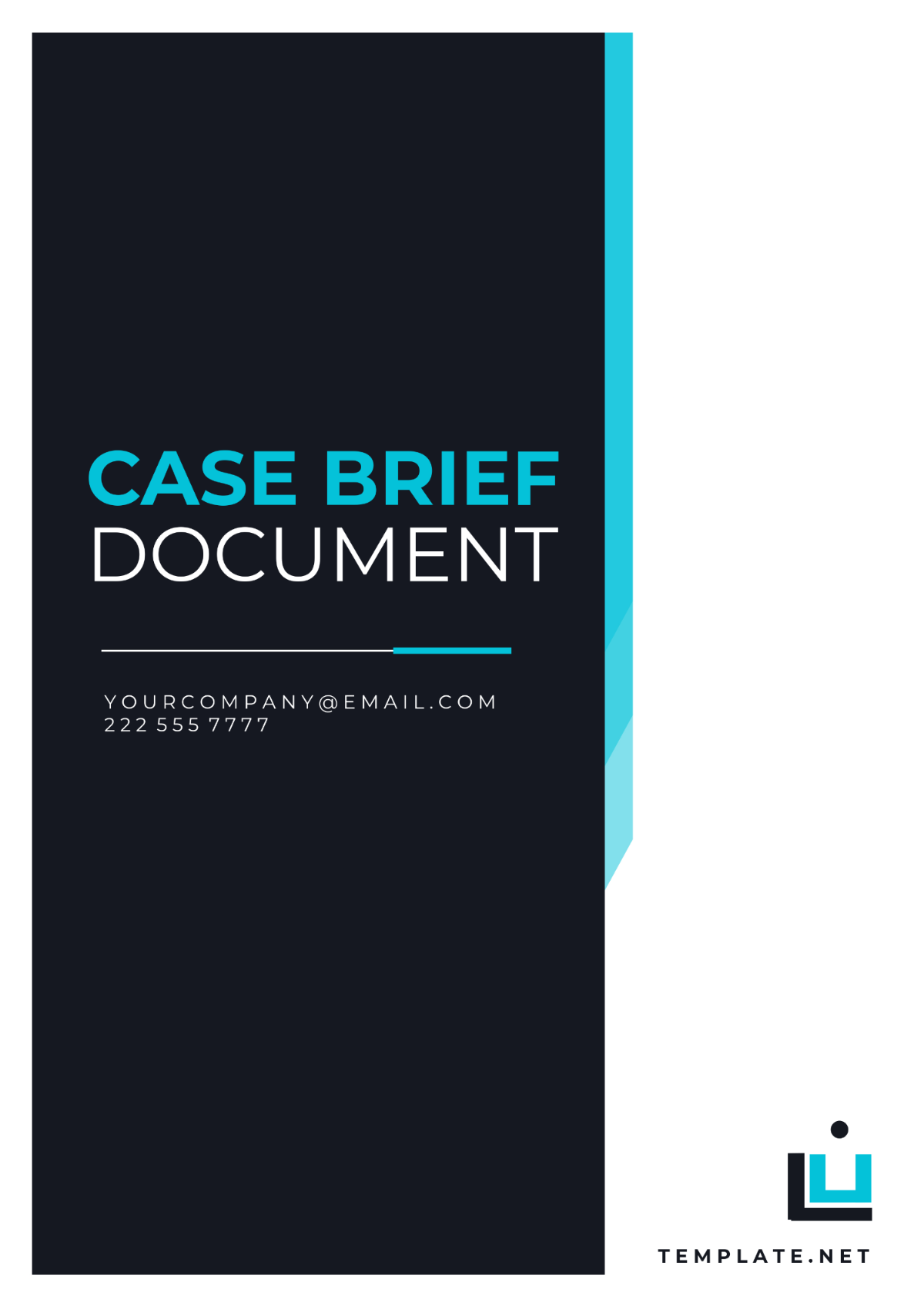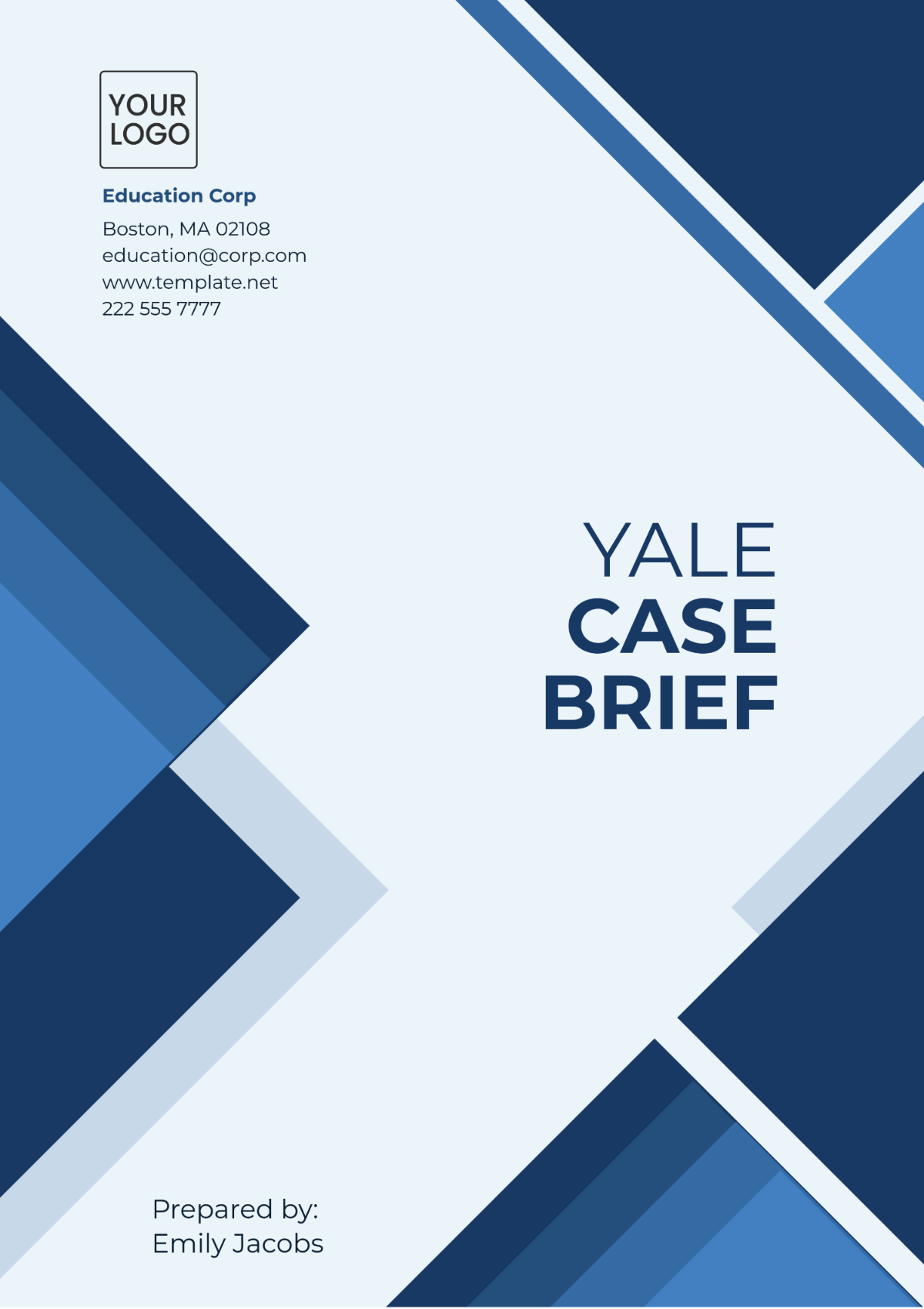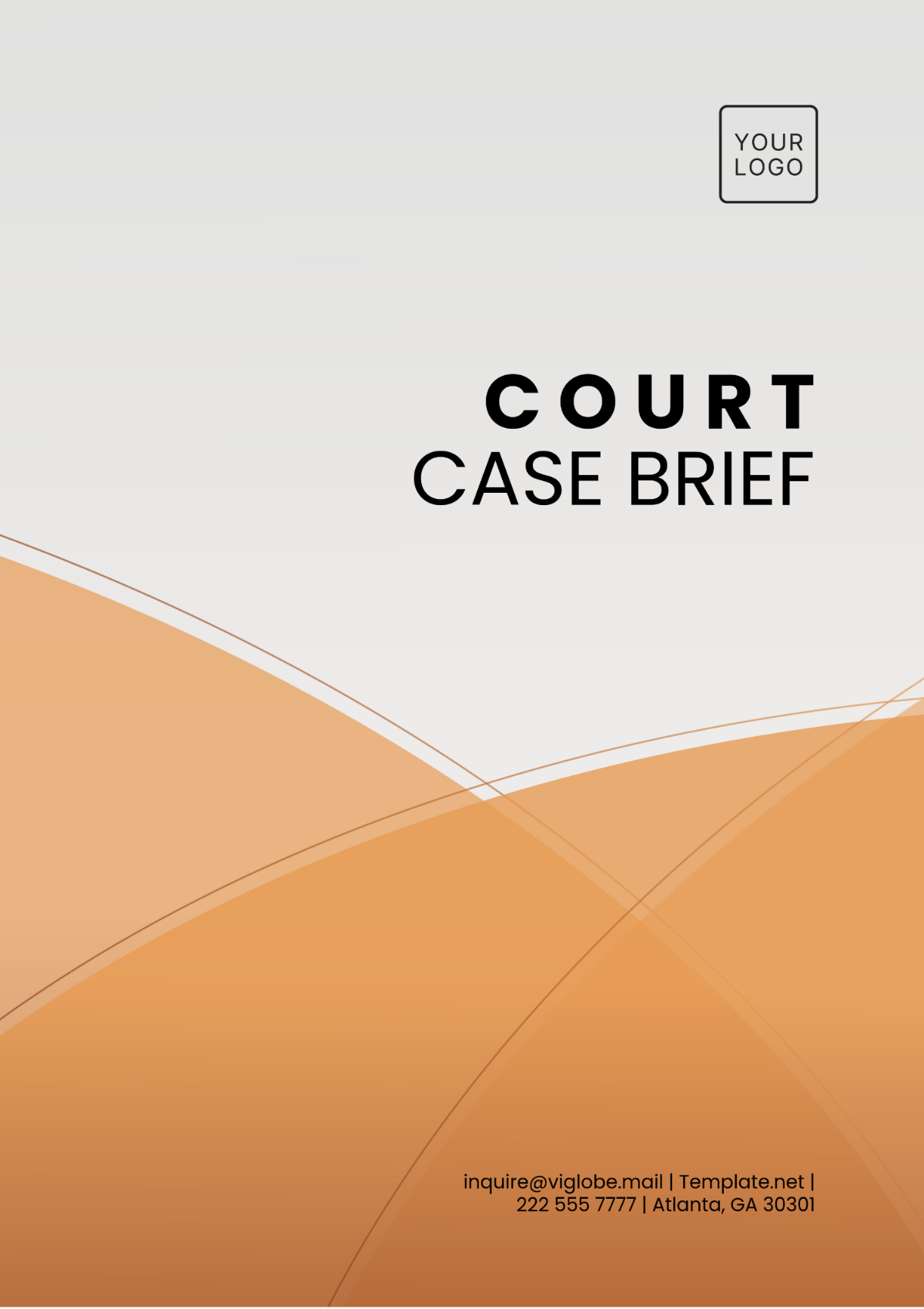Board Case Brief
Prepared by: [YOUR NAME]
Case Name: Big Enterprises v. Gray Industries
Citation: 2050 NY 12345
Court: Supreme Court of New York
Date: December 15, 2050
I. Case Overview
The Plaintiff in this case is Big Enterprises, a multinational corporation specializing in technology solutions. The Defendant is Gray Industries, a competitor in the same industry. The case was heard in the Supreme Court of New York, with Judge Emily Johnson presiding.
II. Facts
Big Enterprises developed a new software technology, which they claim Gray Industries unlawfully replicated and used in their products.
Gray Industries denies the allegations, arguing that they independently developed their technology and did not infringe on Big Enterprises' intellectual property rights.
During the trial, expert witnesses testified regarding the technical aspects of the software and the similarities between the two companies' products.
III. Legal Issues
Primary Issue: Whether Gray Industries infringed on Big Enterprises' intellectual property rights by replicating their software technology.
Secondary Issues:
Whether Big Enterprises can prove that Gray Industries had access to their software.
Whether there are substantial similarities between the two companies' technologies.
IV. Arguments
A. Plaintiff's Arguments
Big Enterprises argues that Gray Industries had access to their software through a former employee who now works for Gray Industries.
They cite case law that establishes the criteria for proving copyright infringement in software development cases.
B. Defendant's Arguments
Gray Industries asserts that they developed their technology independently and did not use any confidential information from Big Enterprises.
They present evidence of their own development process to show that their technology is distinct from Big Enterprises'.
V. Decision
The court ruled in favor of Big Enterprises, finding that Gray Industries had indeed infringed on their intellectual property rights. Gray Industries was ordered to pay $10 million in damages and cease all production and sale of the infringing products.
VI. Significance
This case is significant as it establishes a precedent for protecting software intellectual property rights. It clarifies the legal standards for proving copyright infringement in software development cases and highlights the importance of safeguarding proprietary technology.
VII. Conclusion
In conclusion, this case illustrates the complexities of intellectual property disputes in the technology sector. The court's decision underscores the need for companies to exercise caution and respect the intellectual property rights of others in their business practices.
